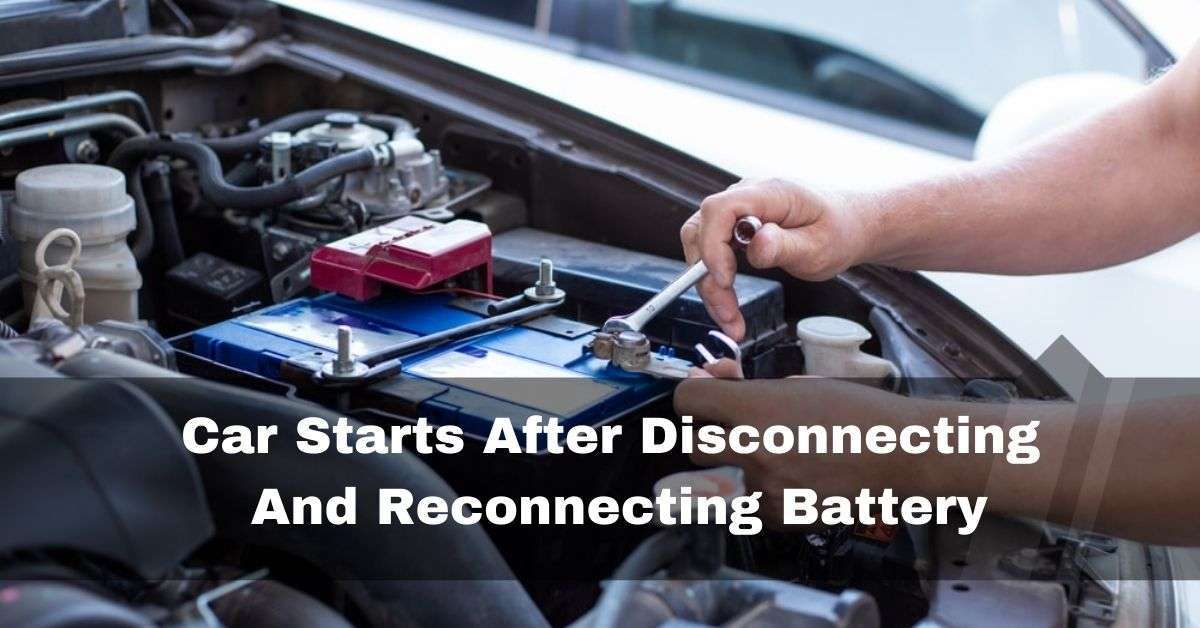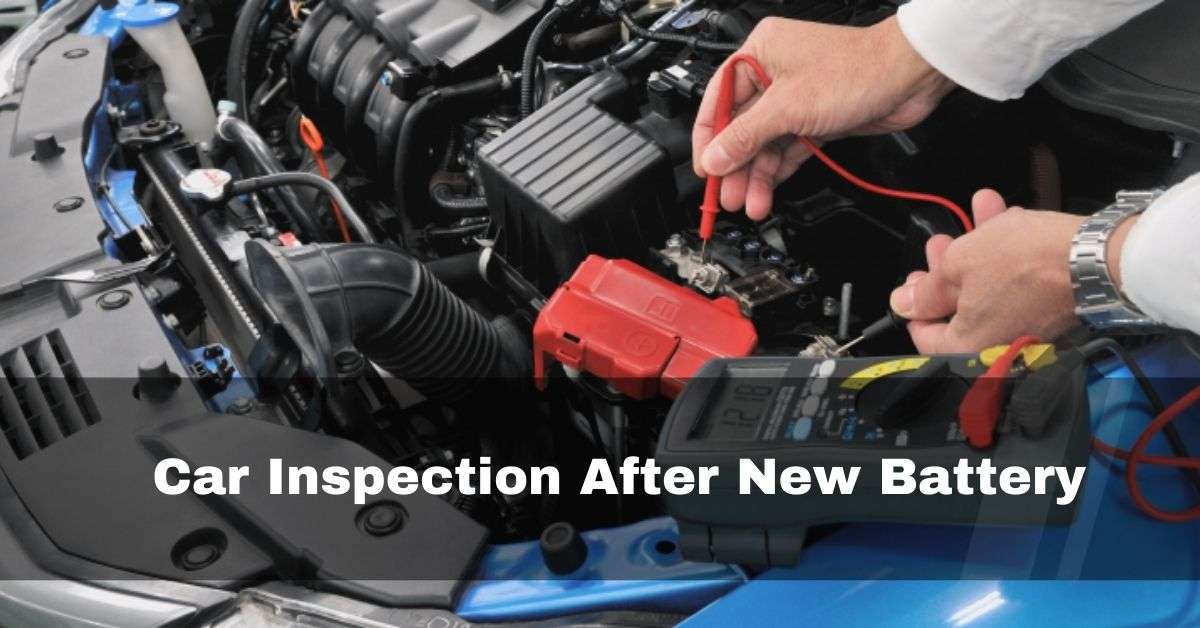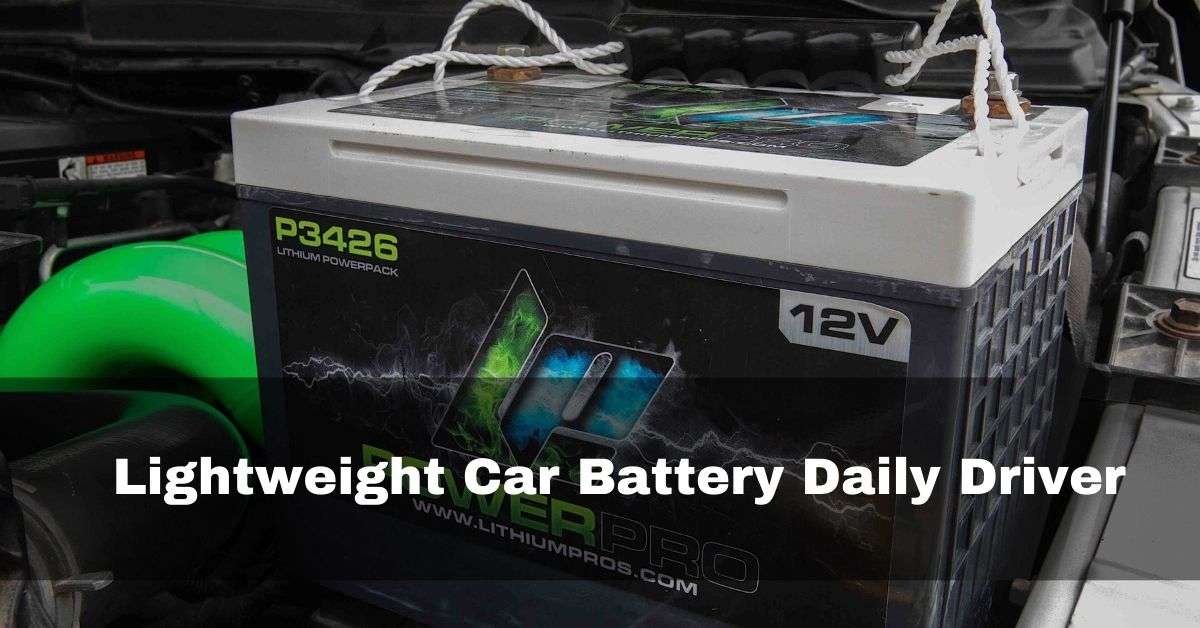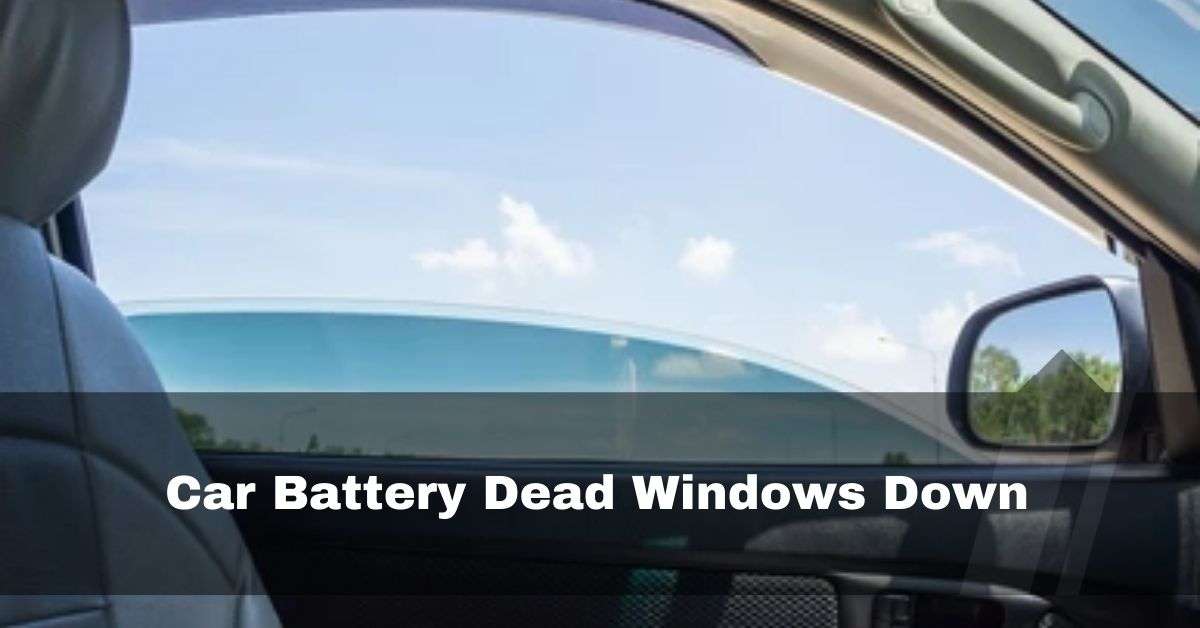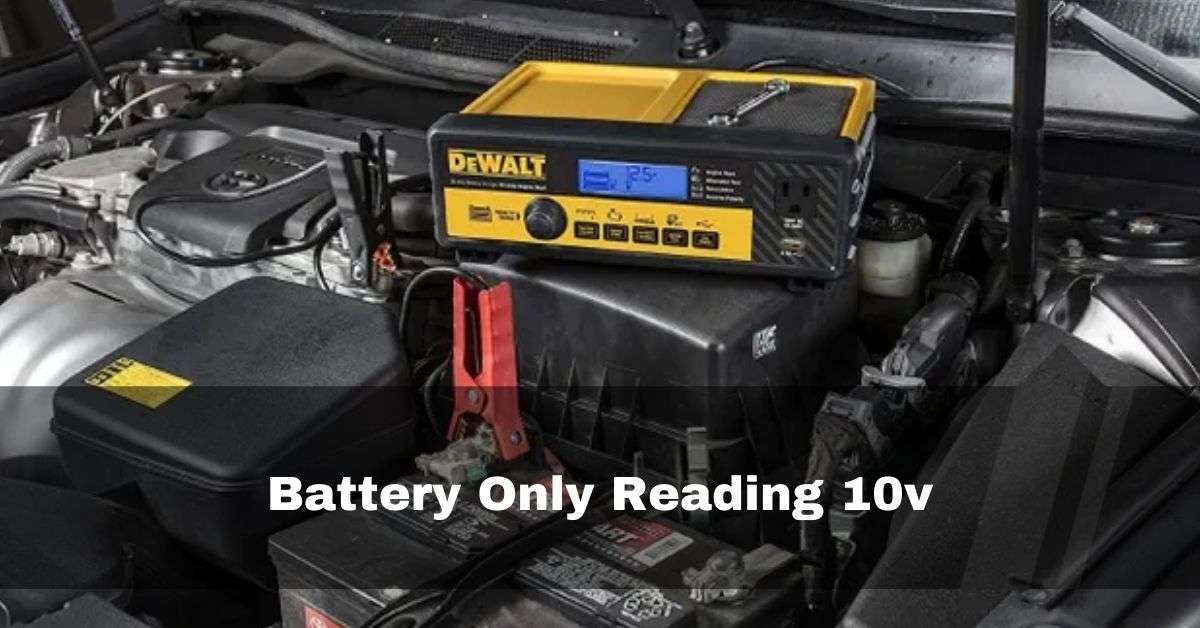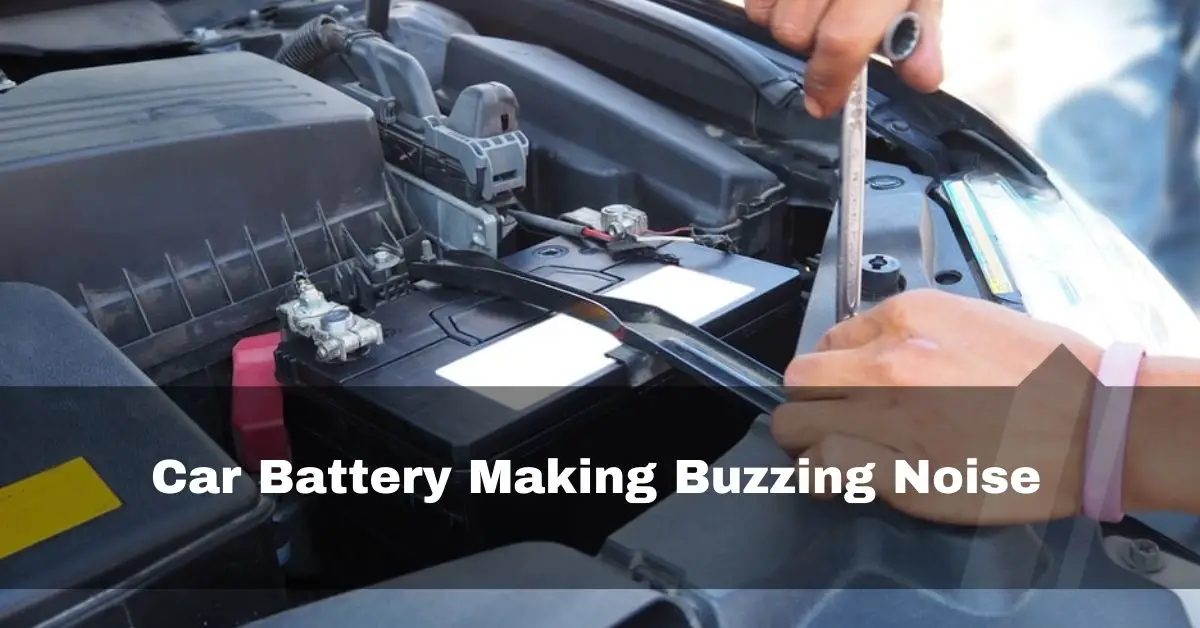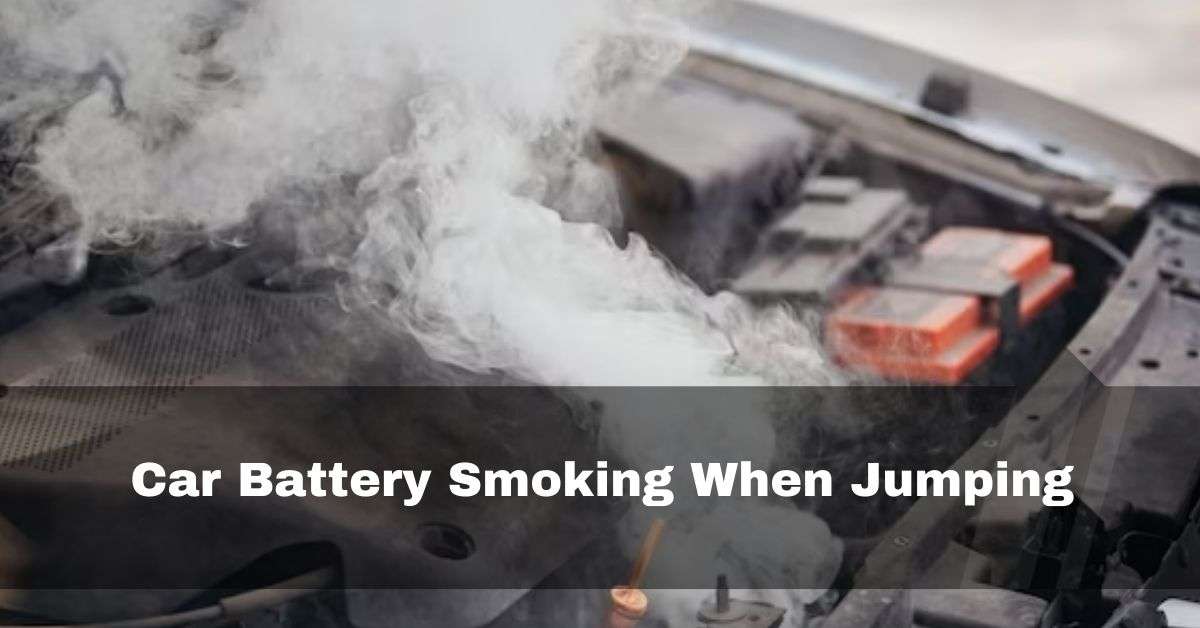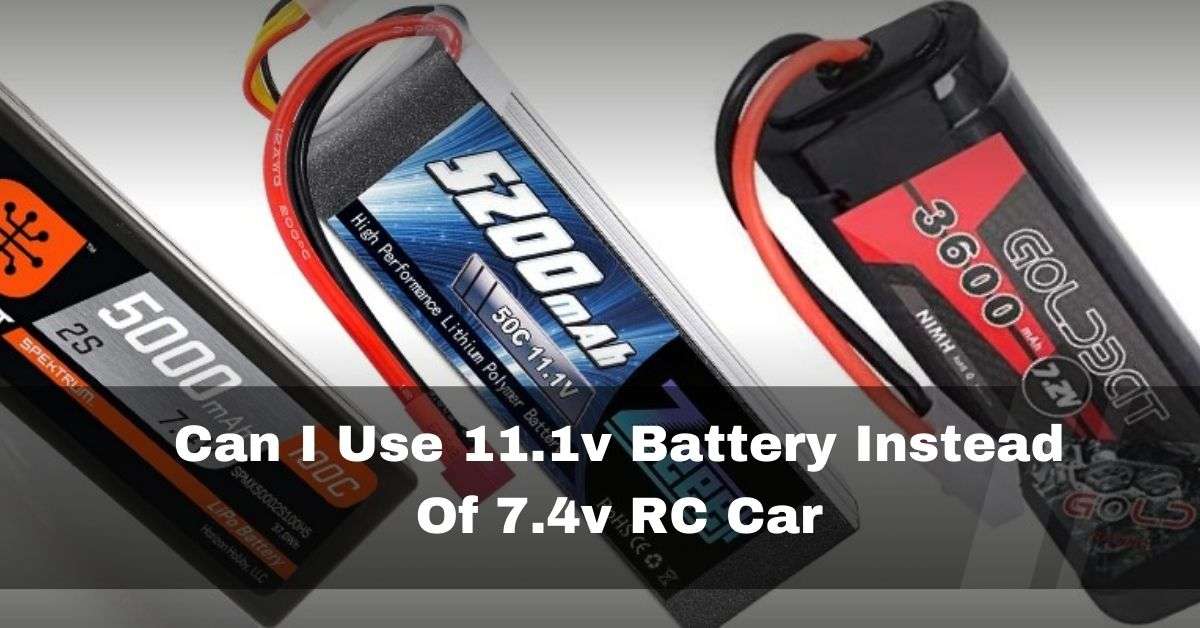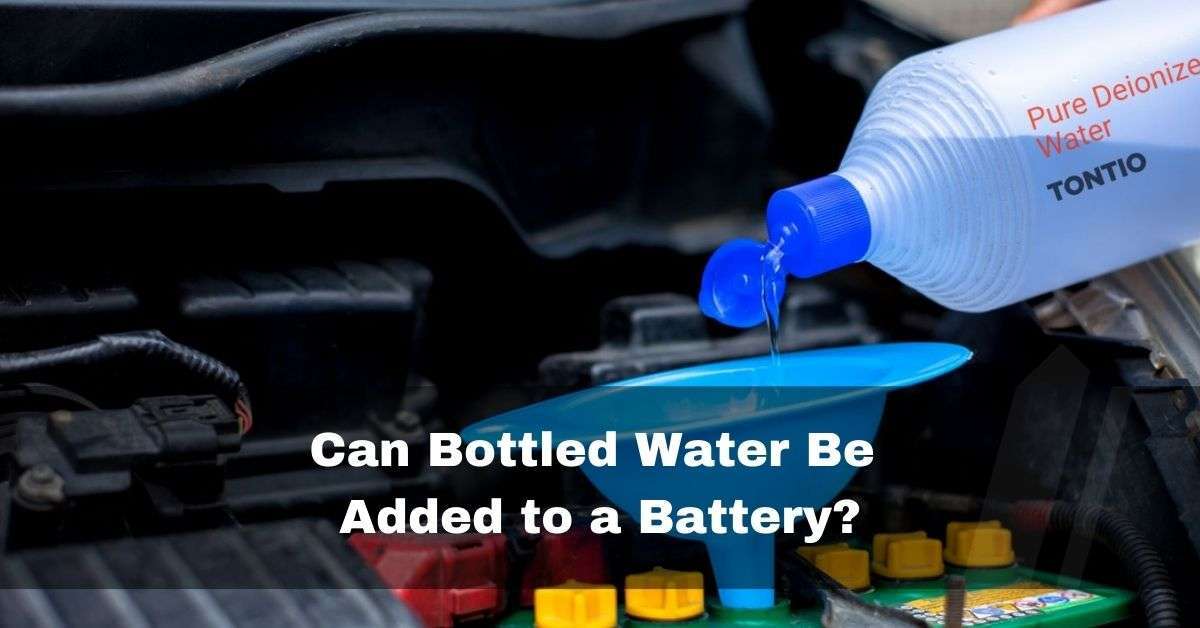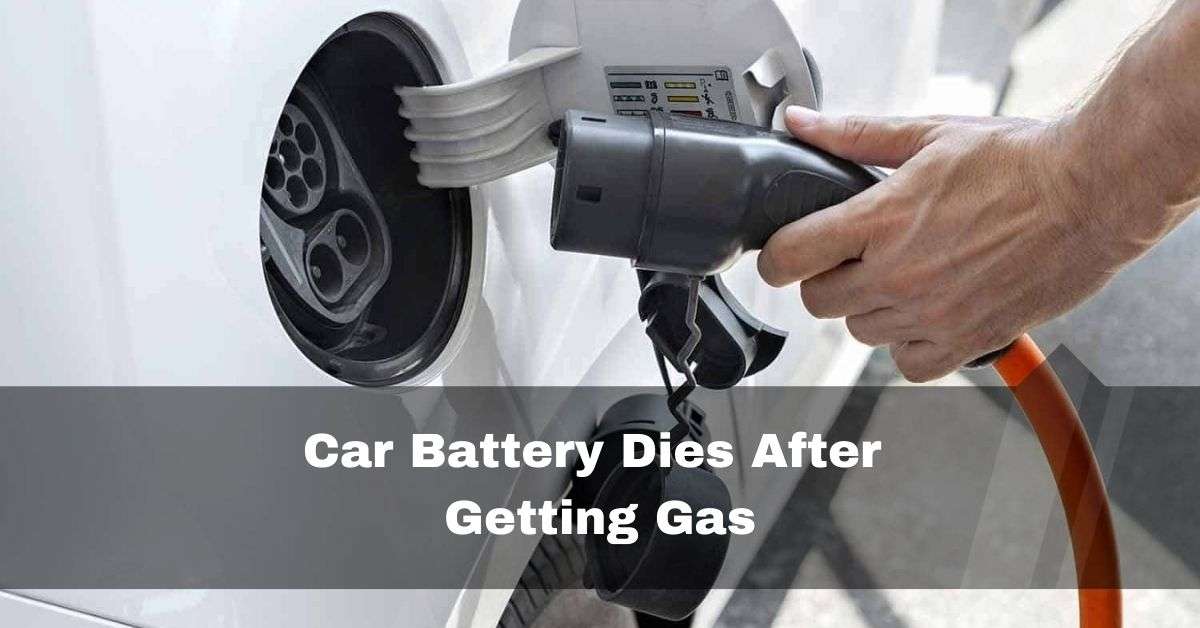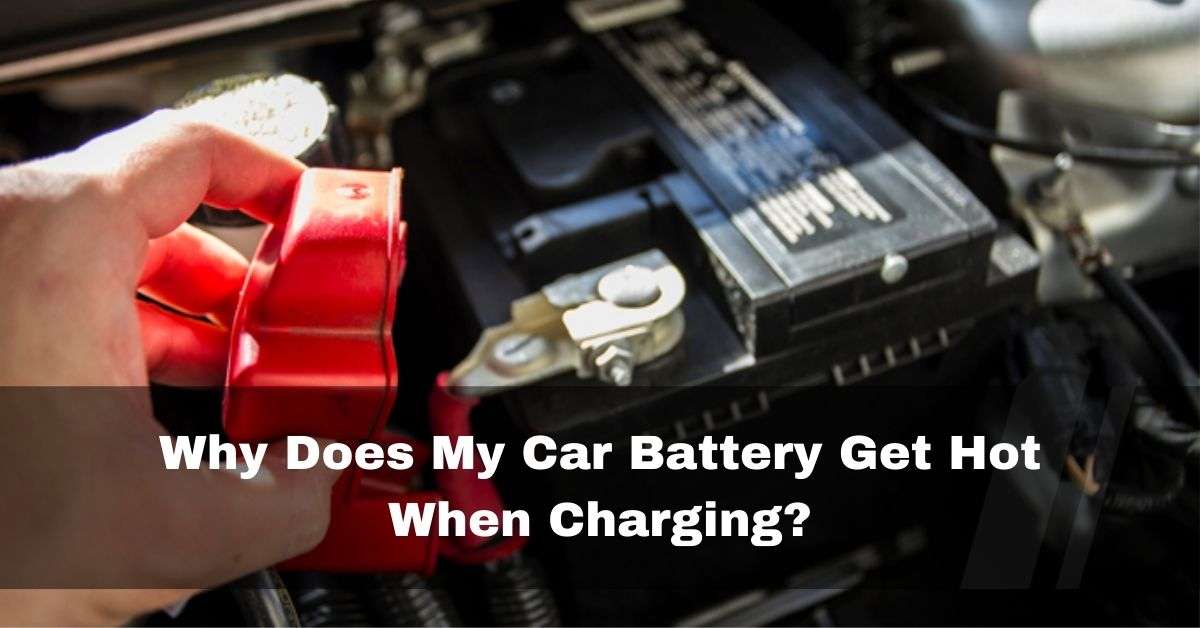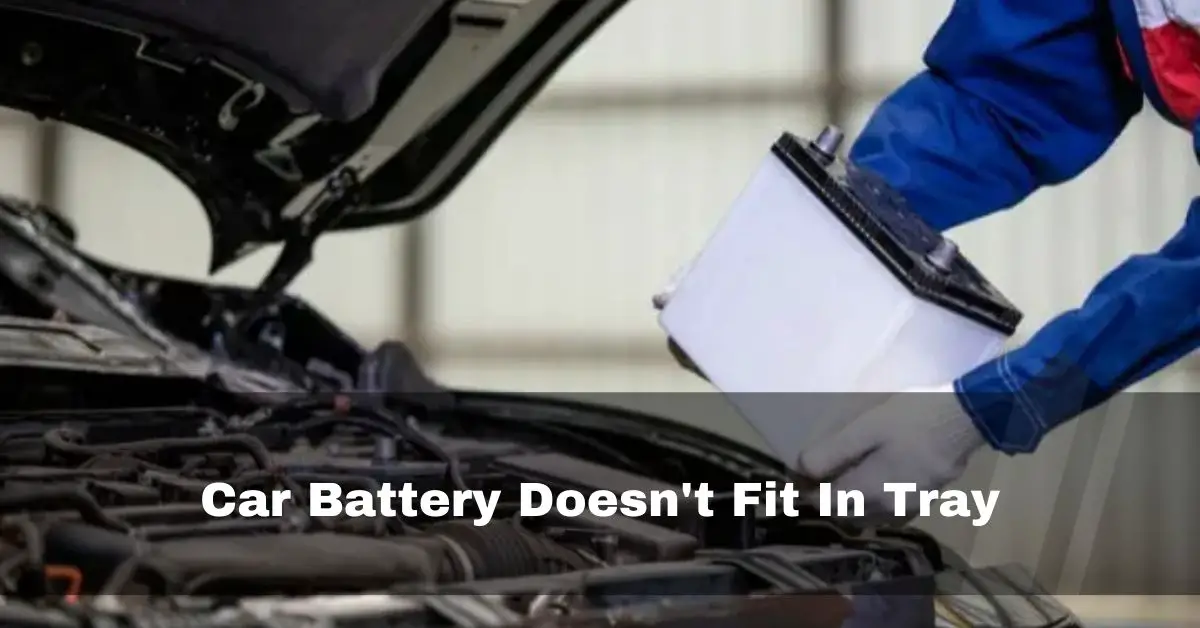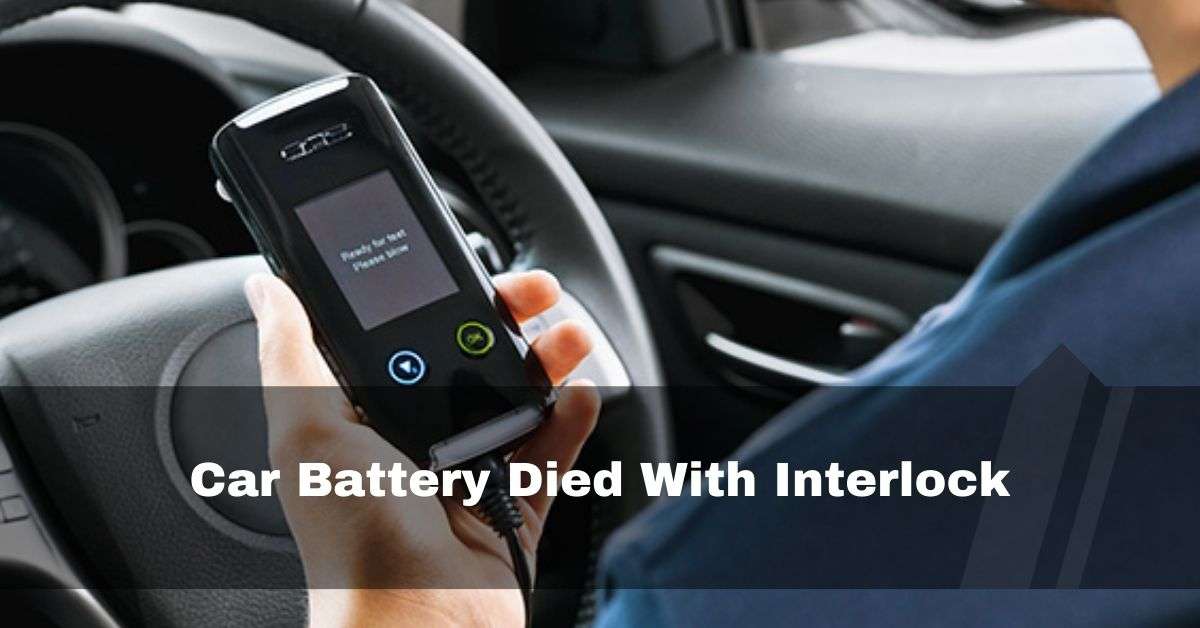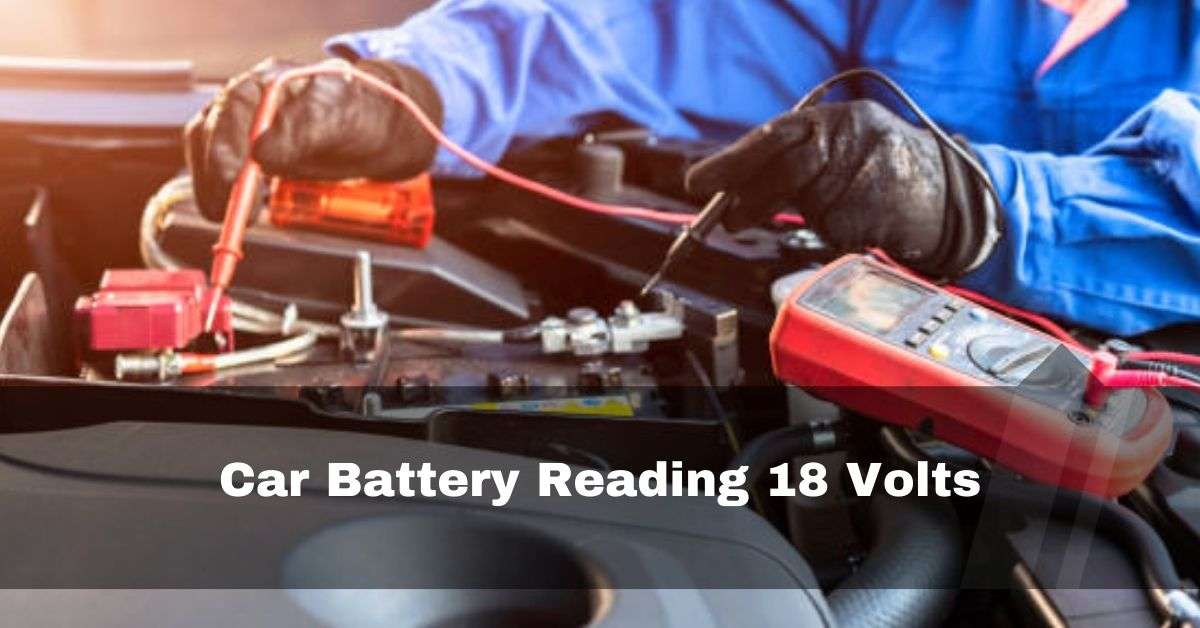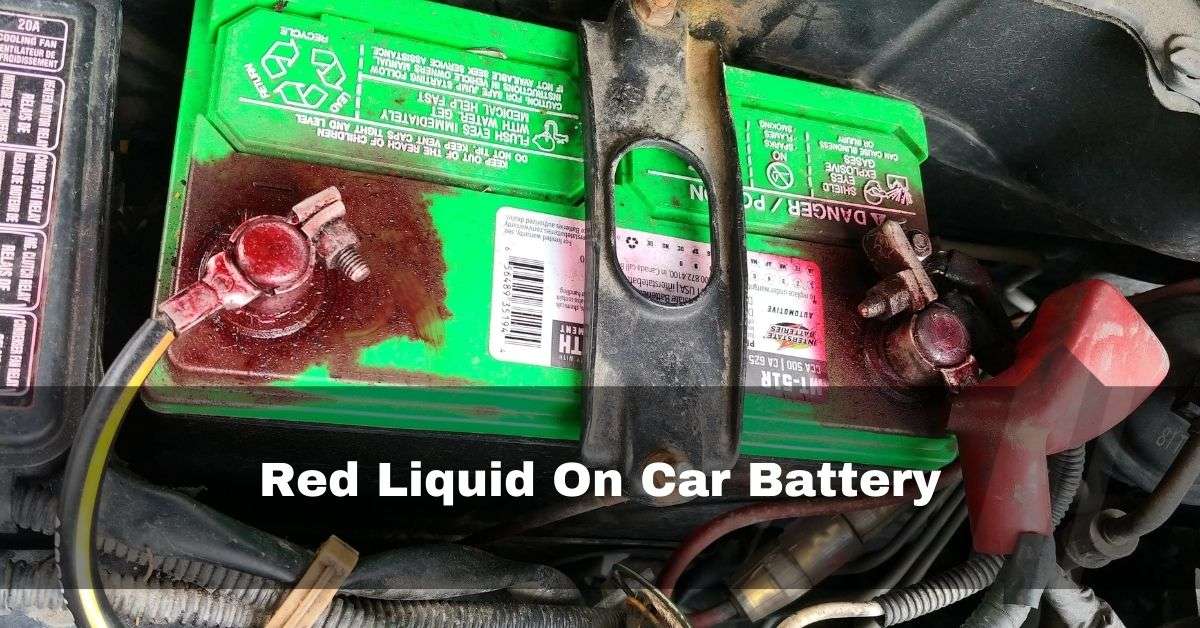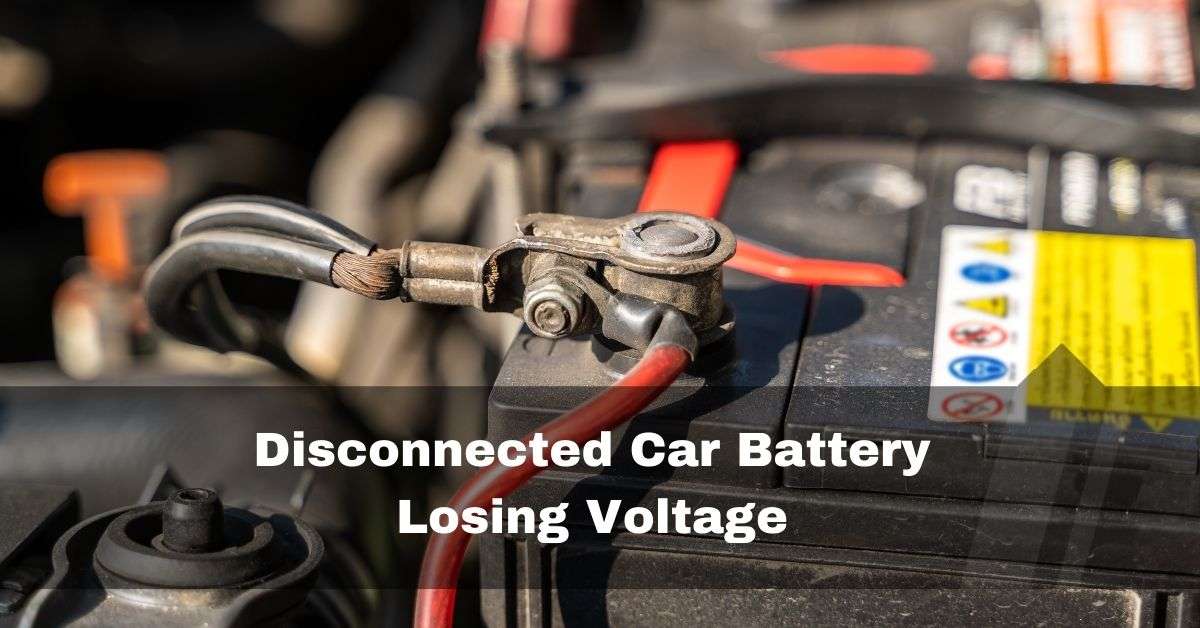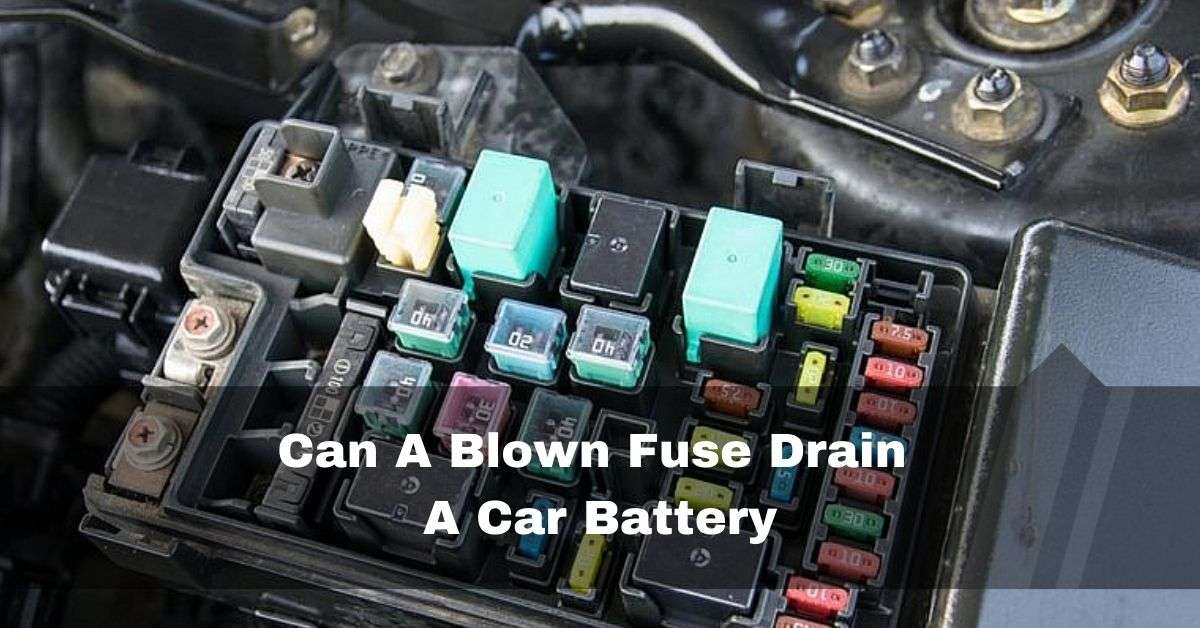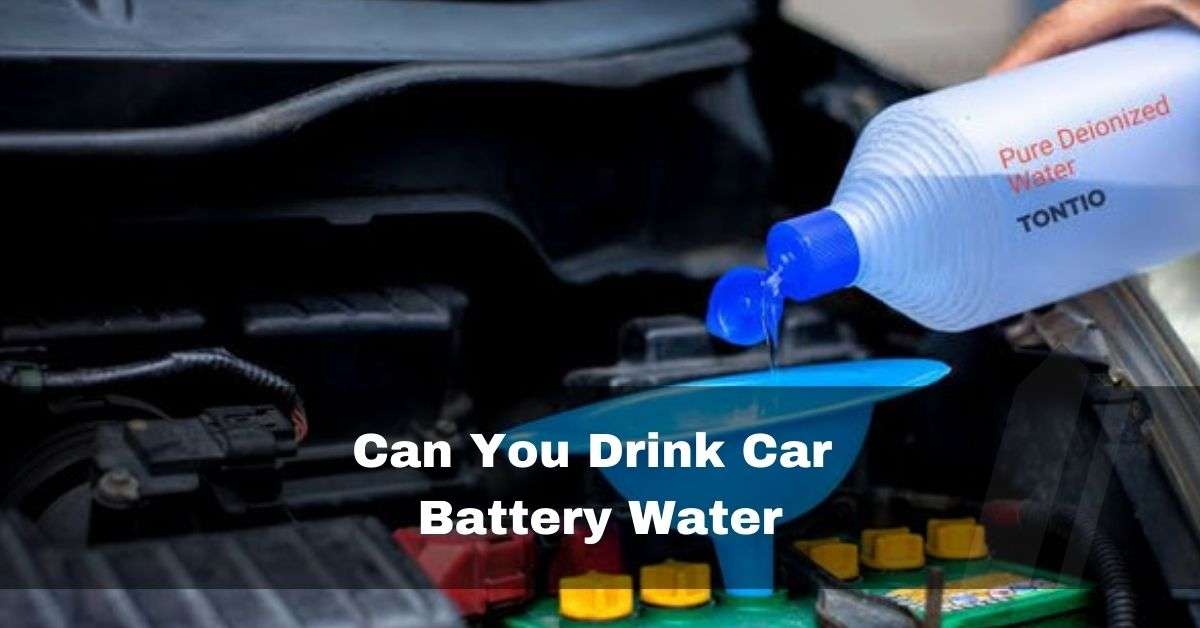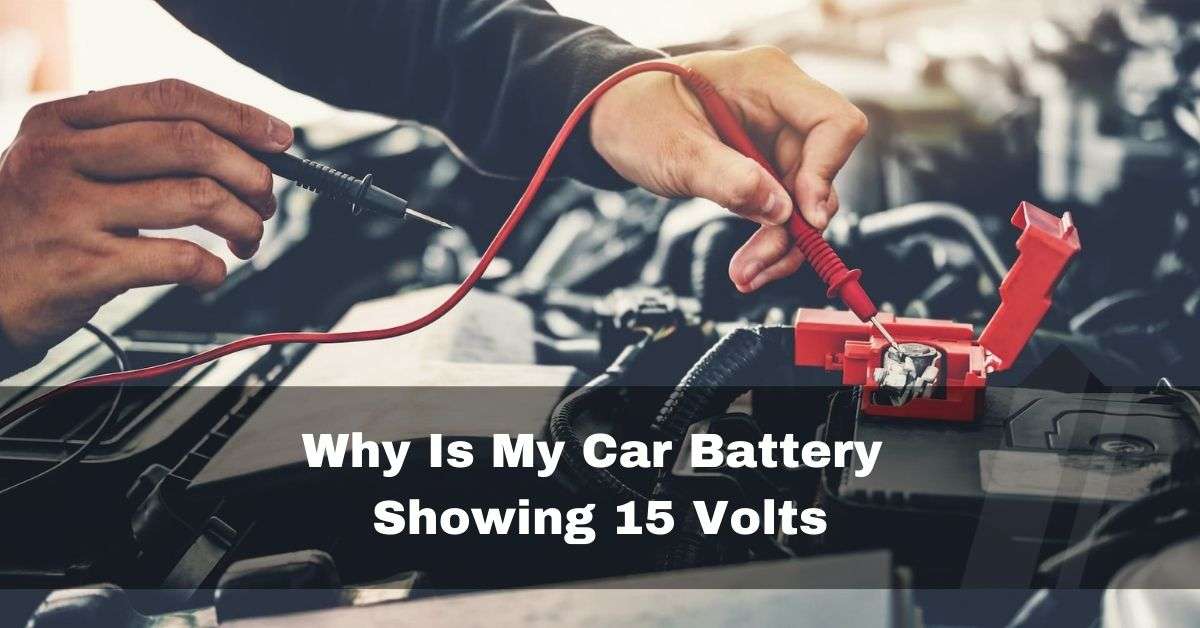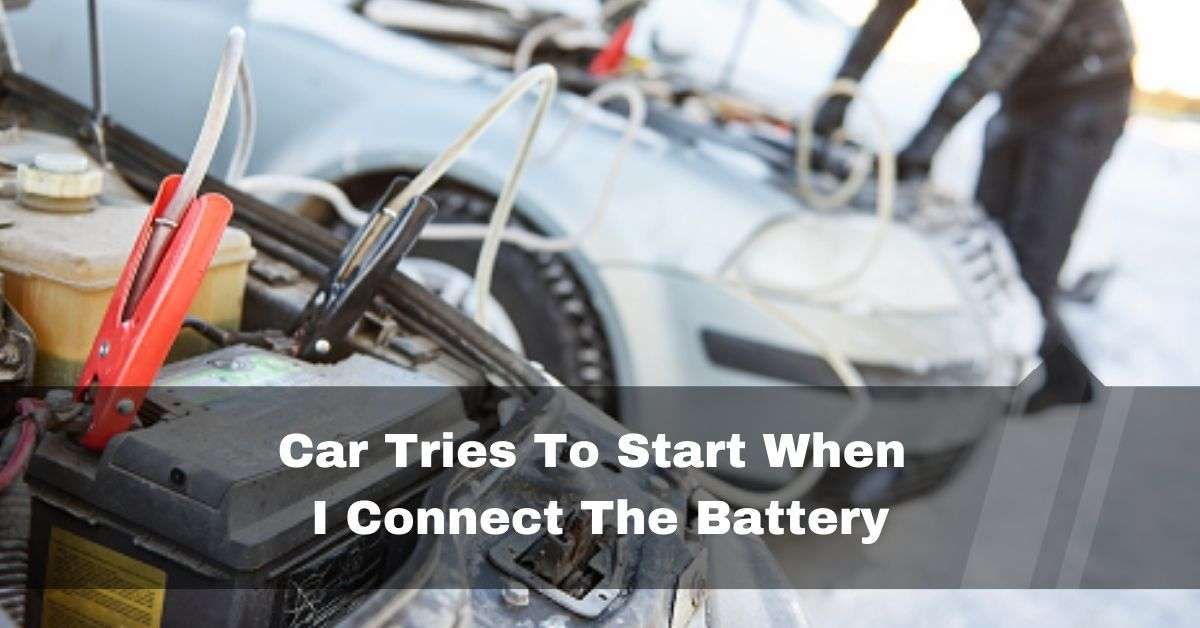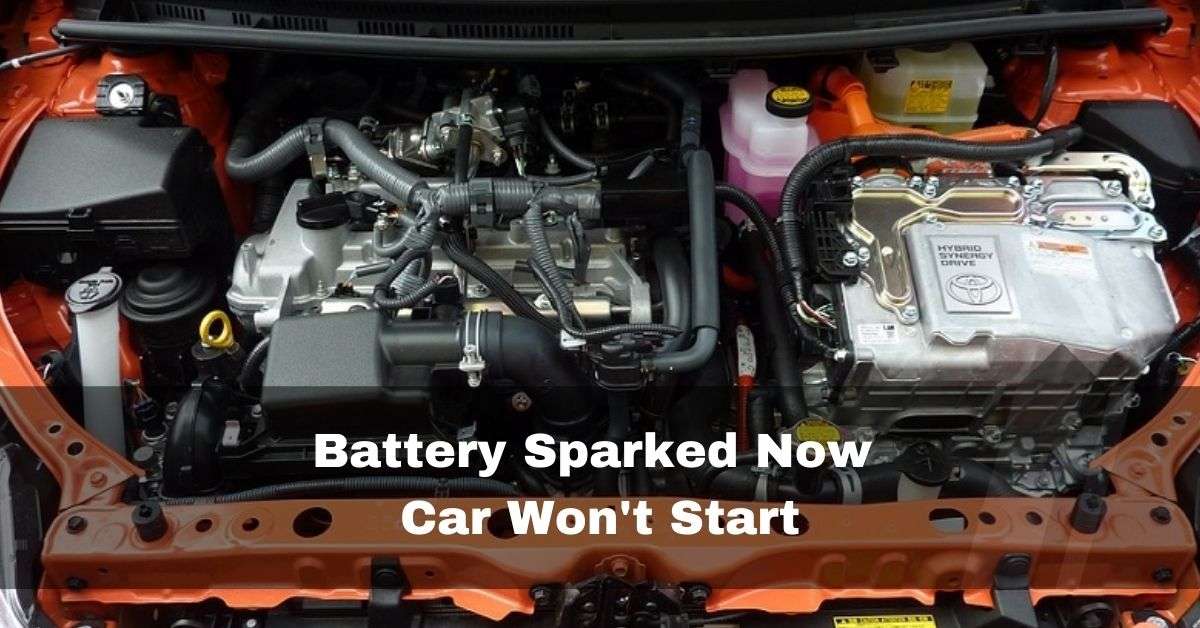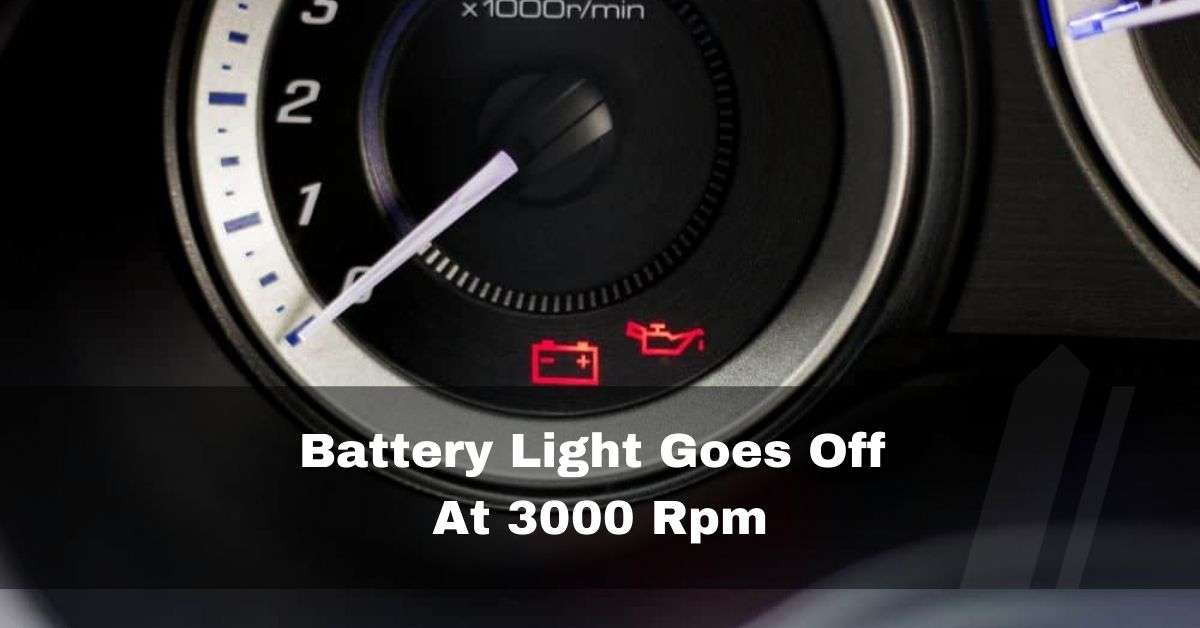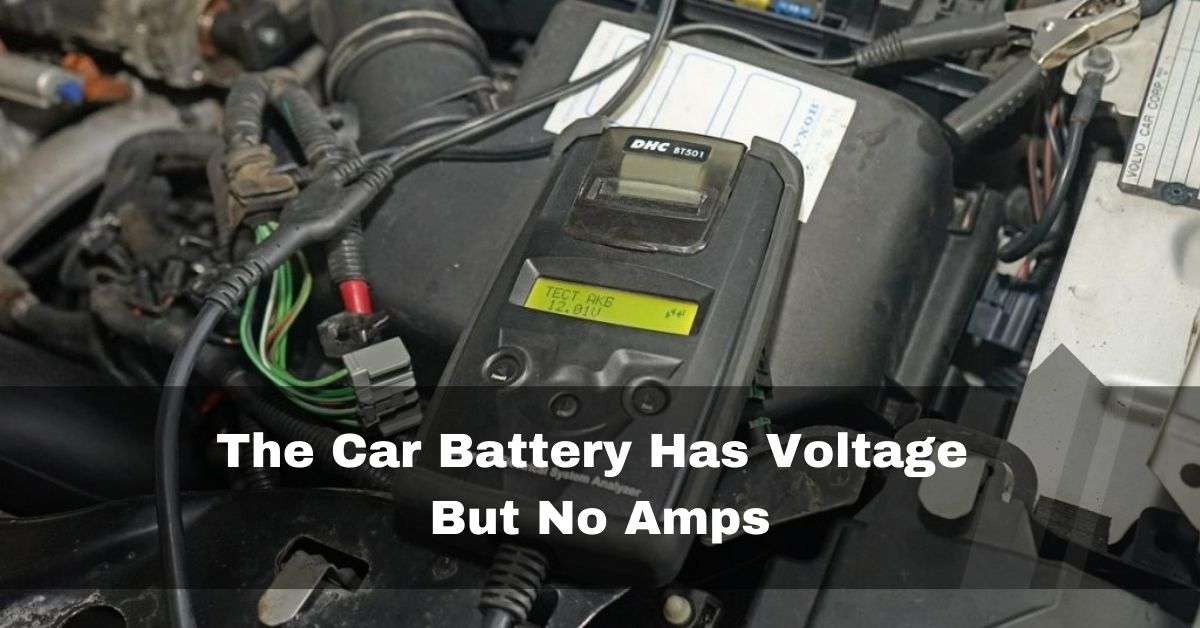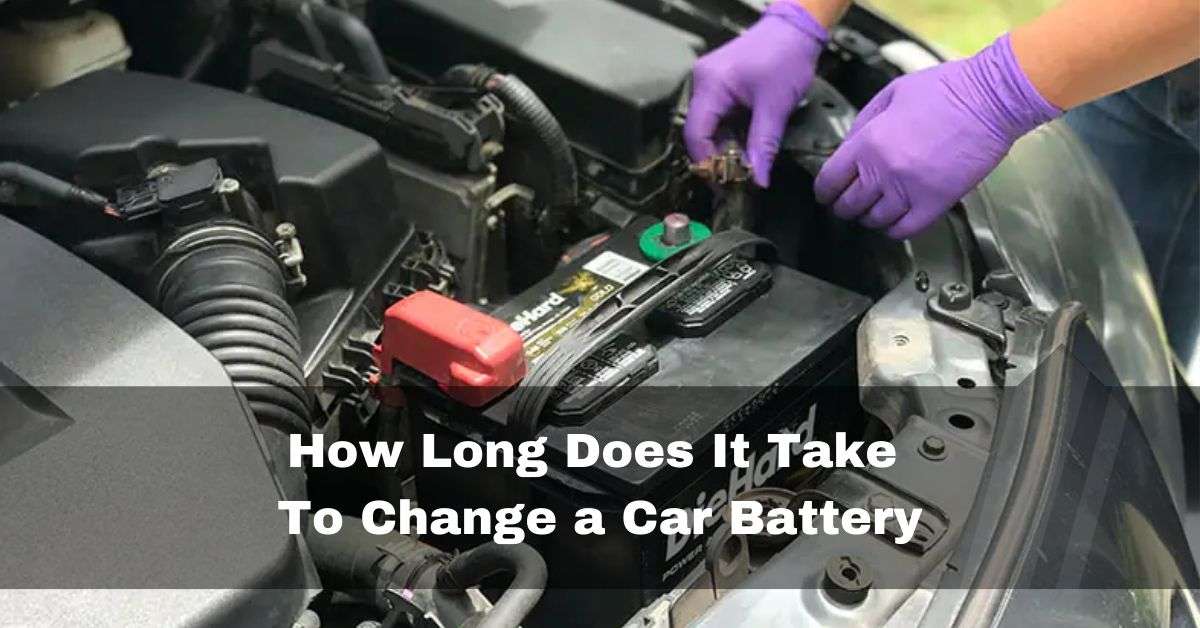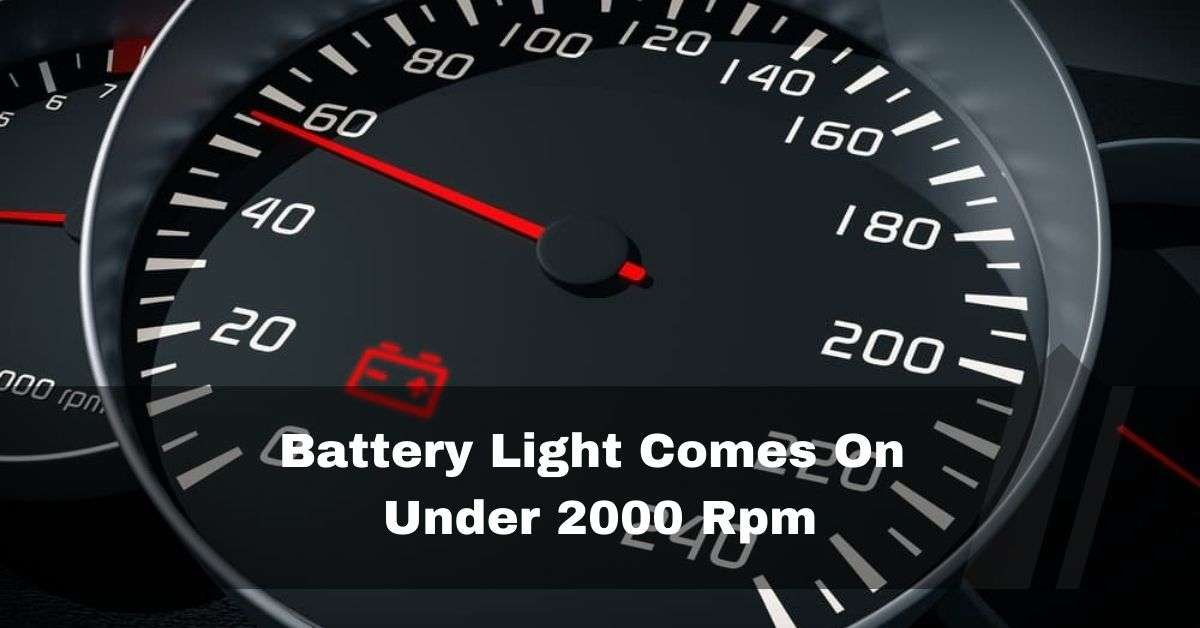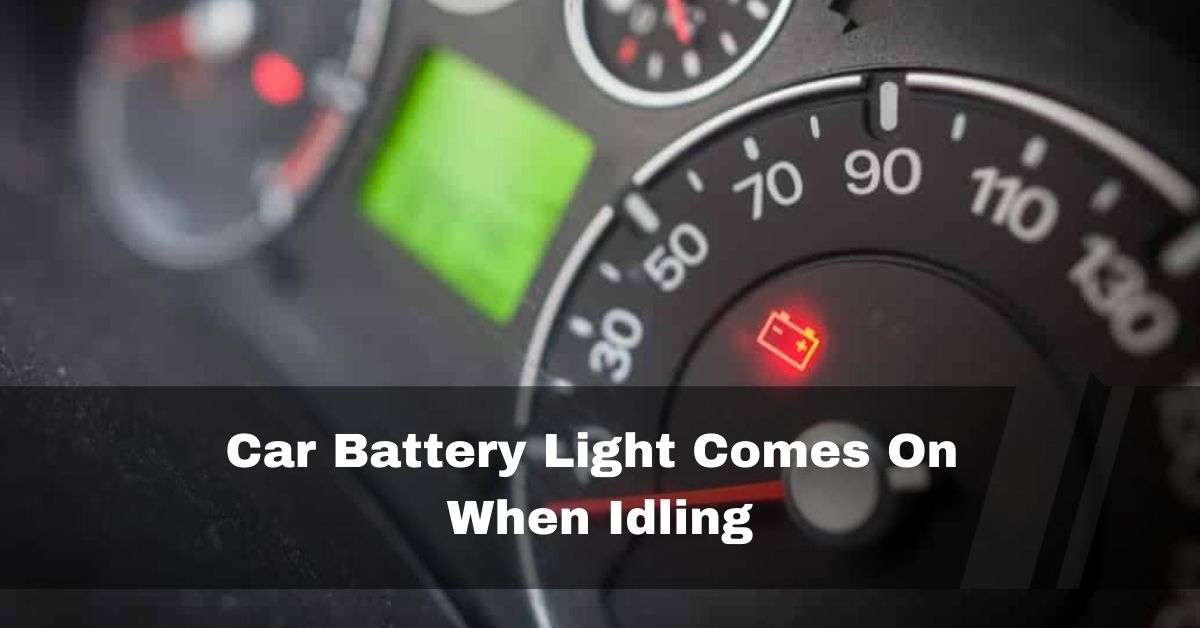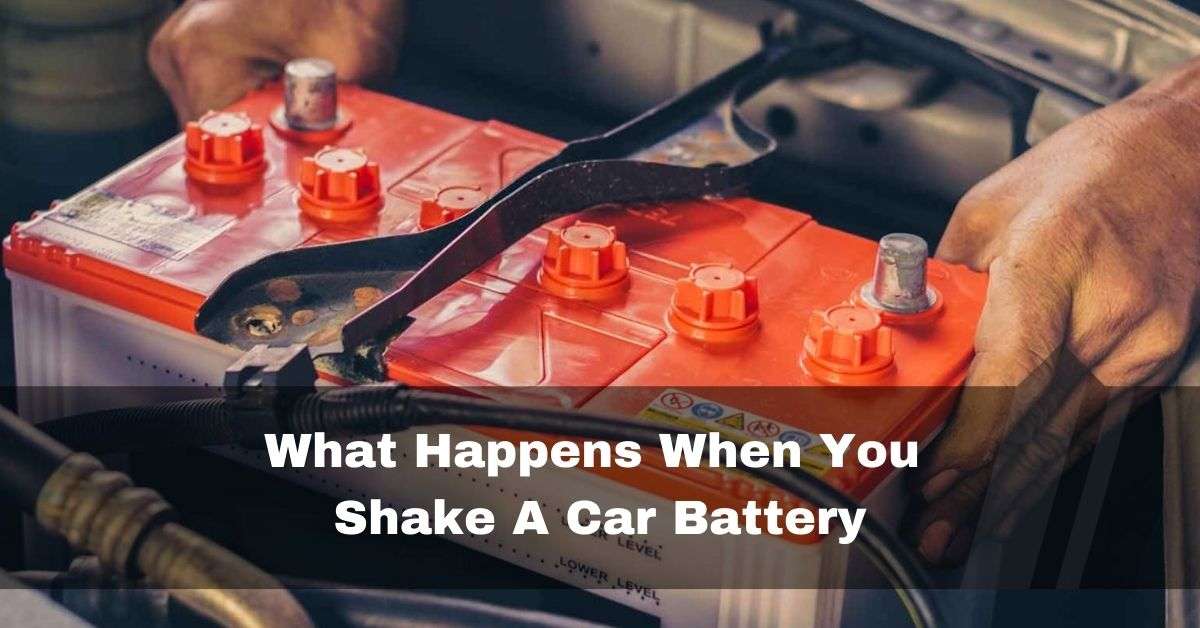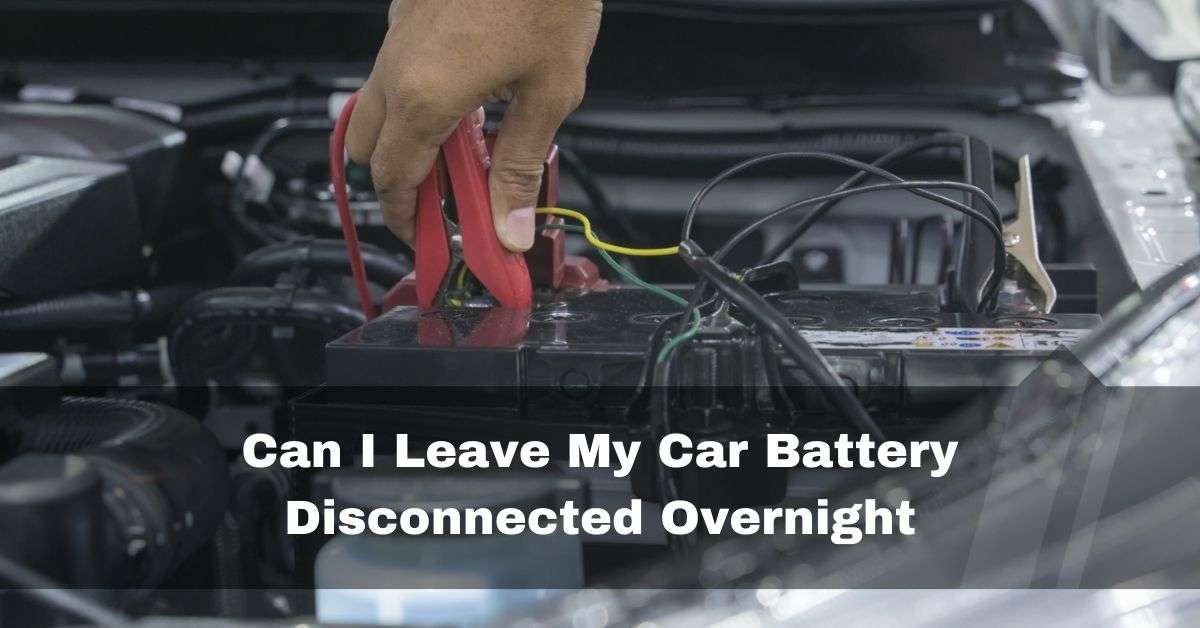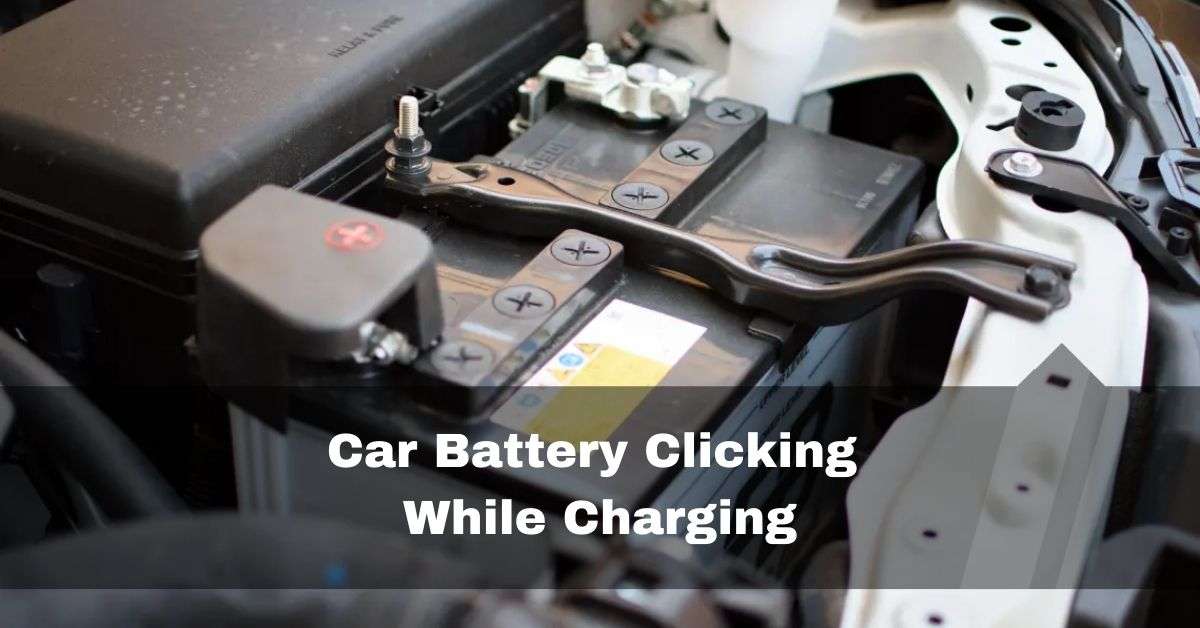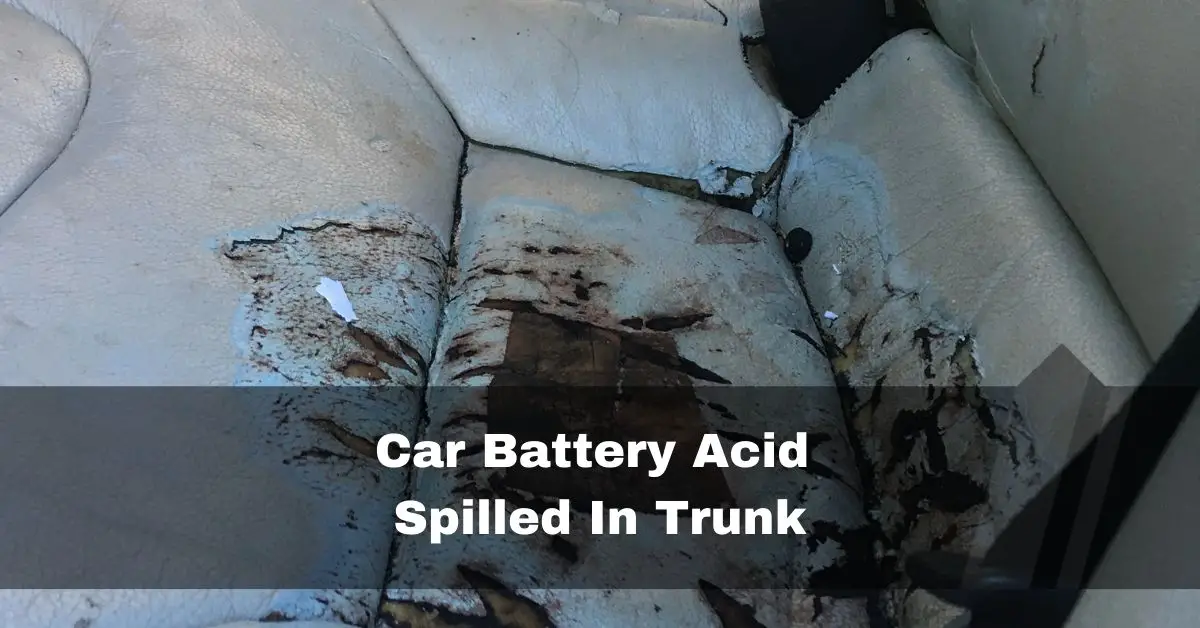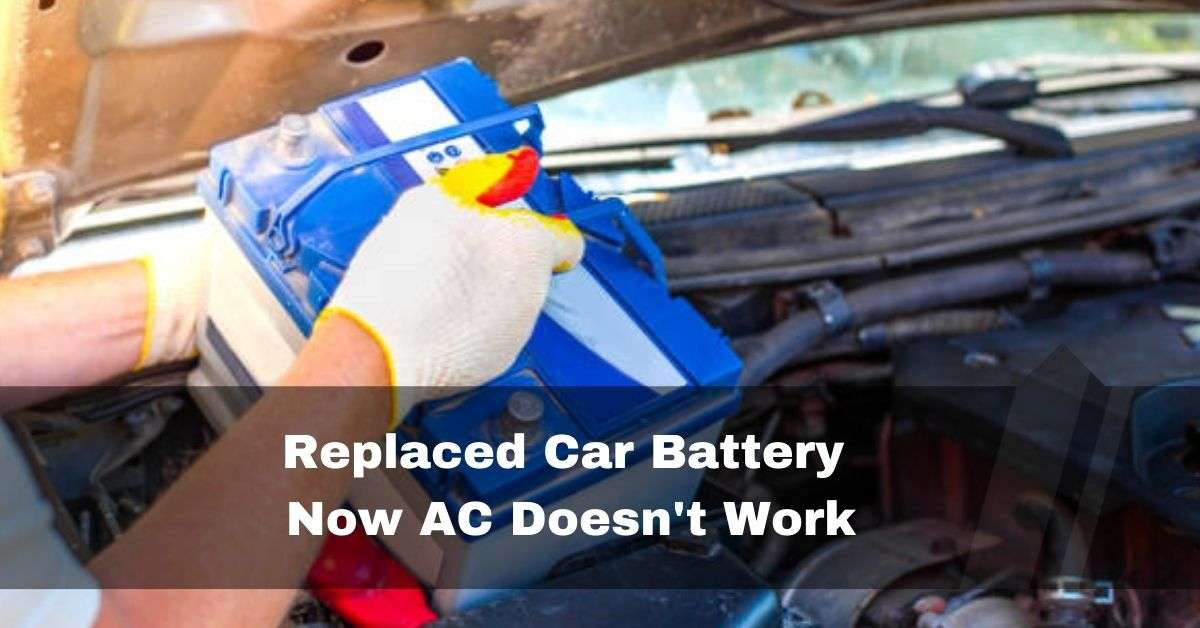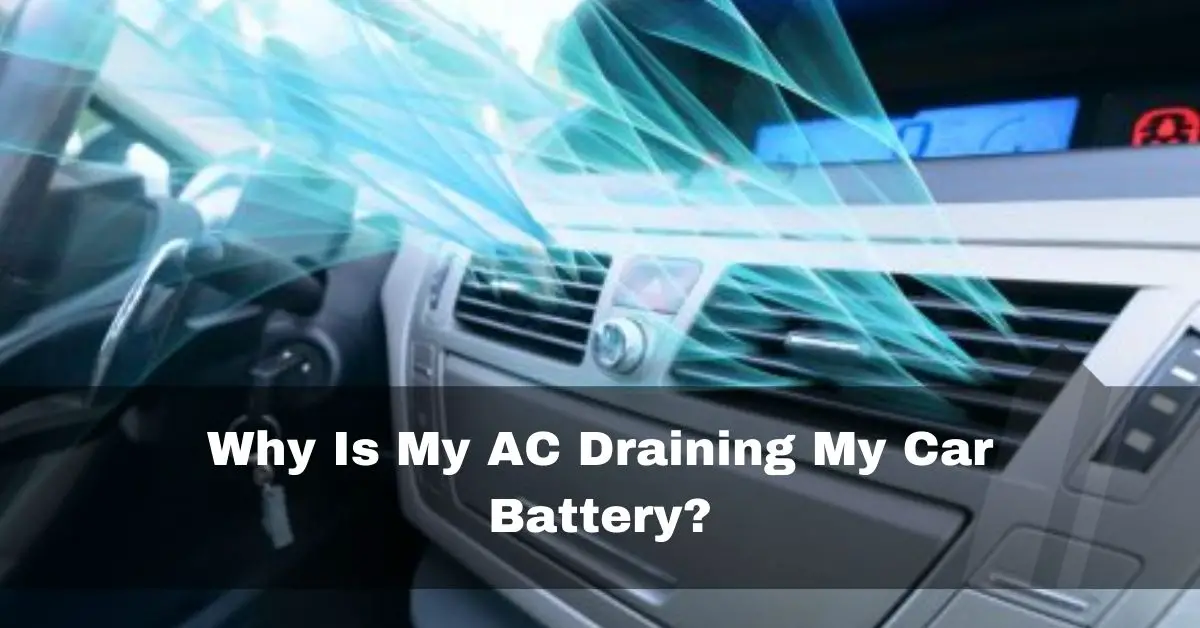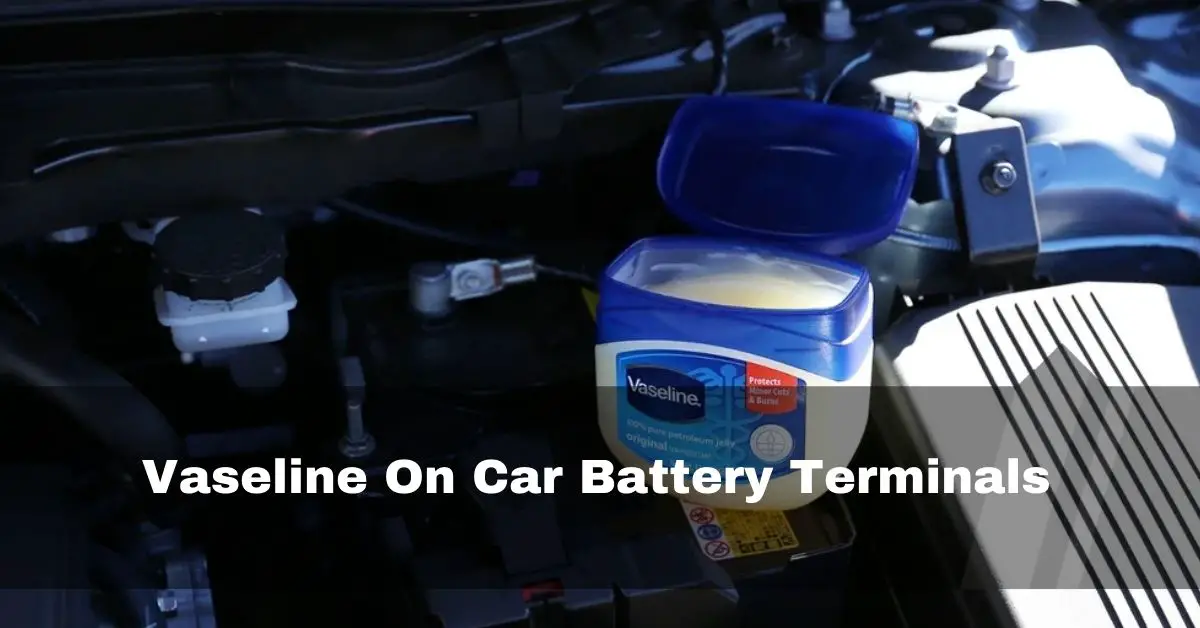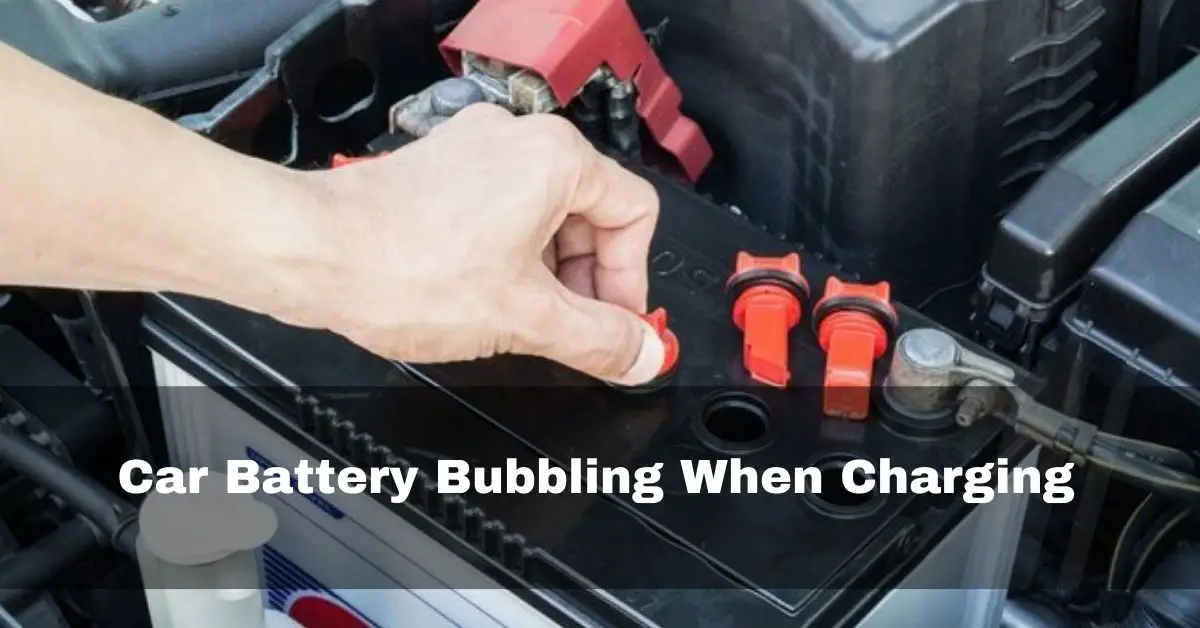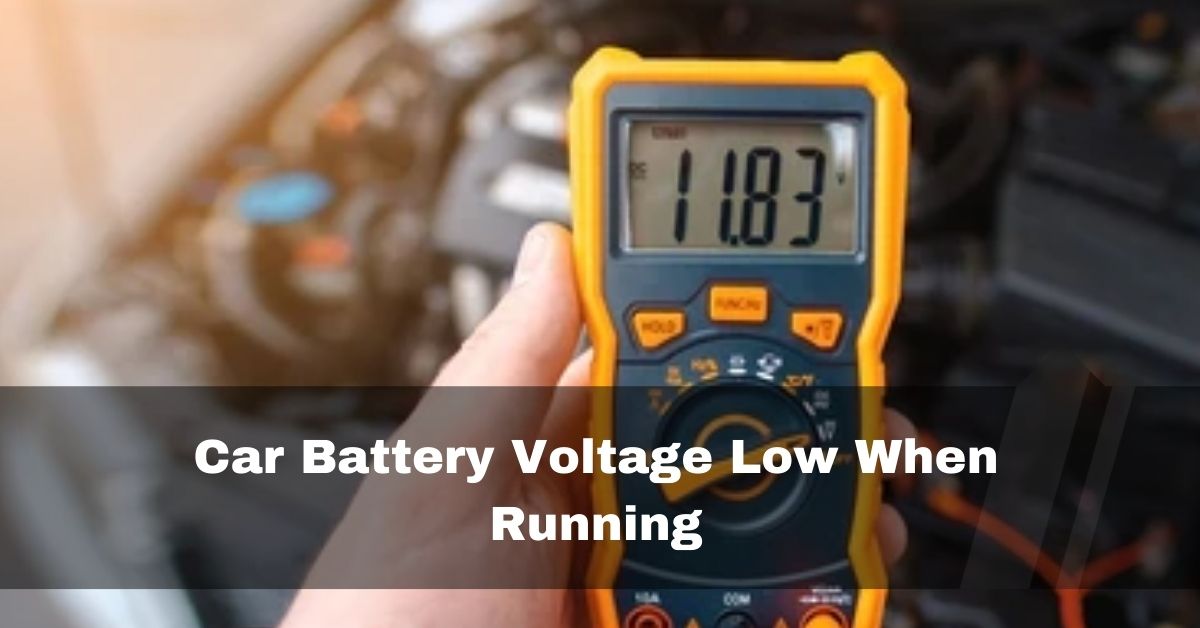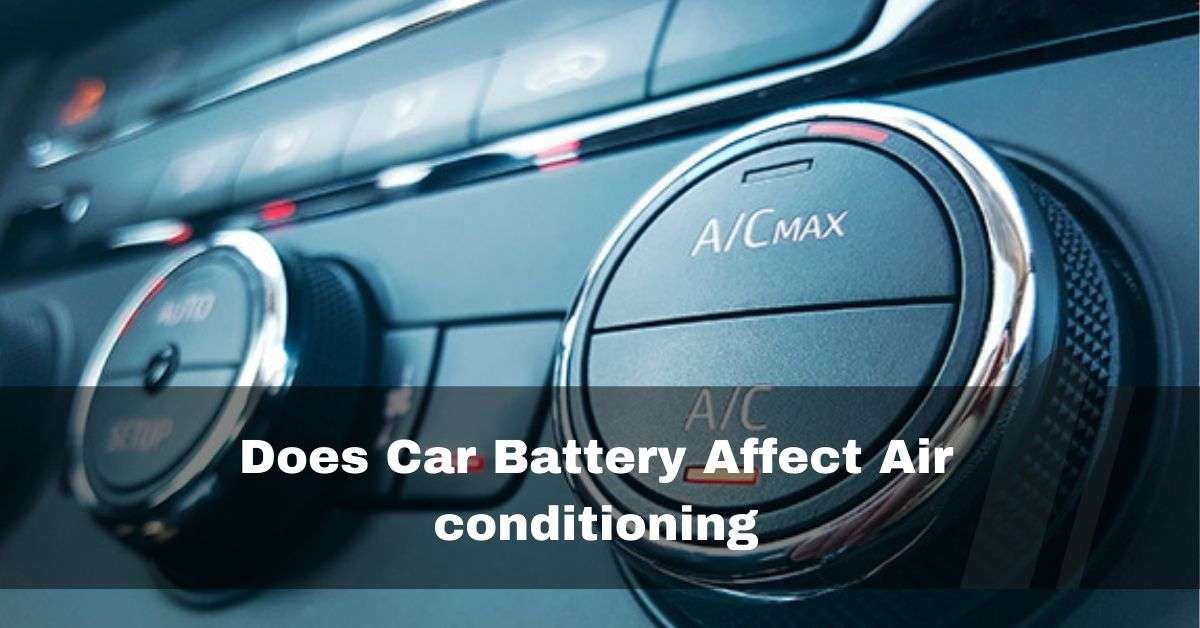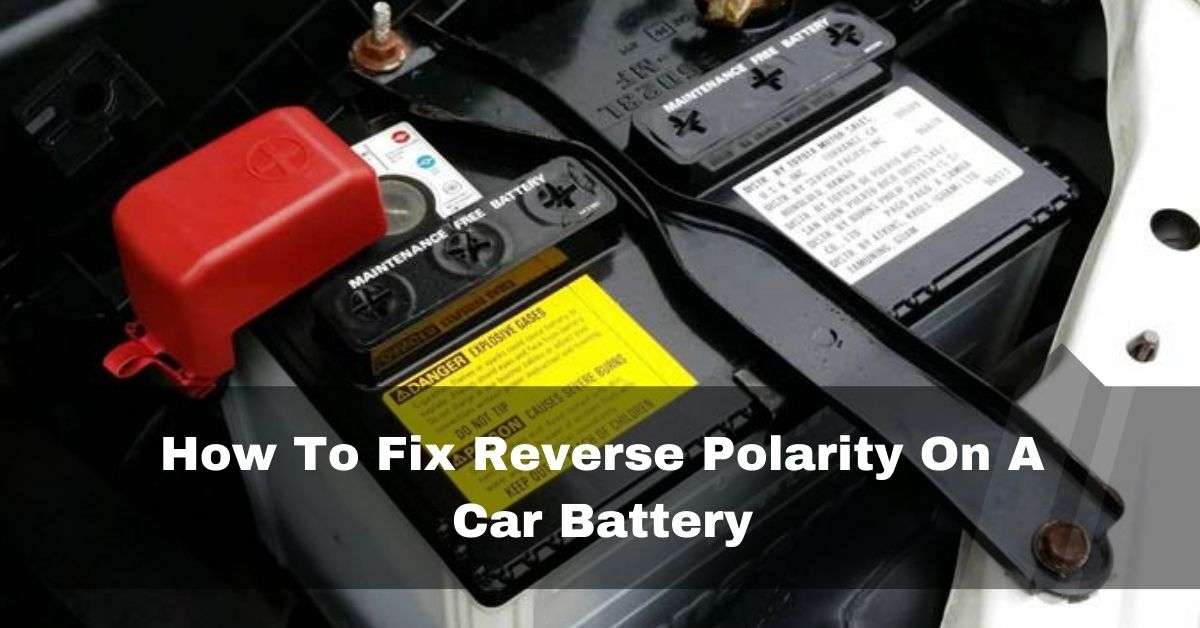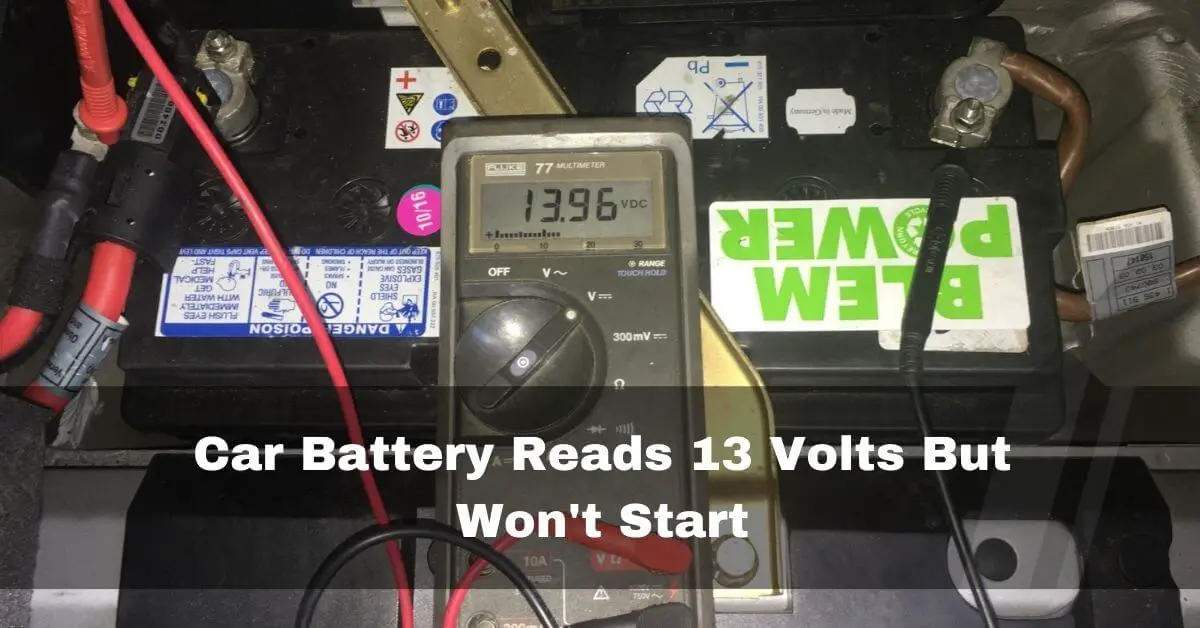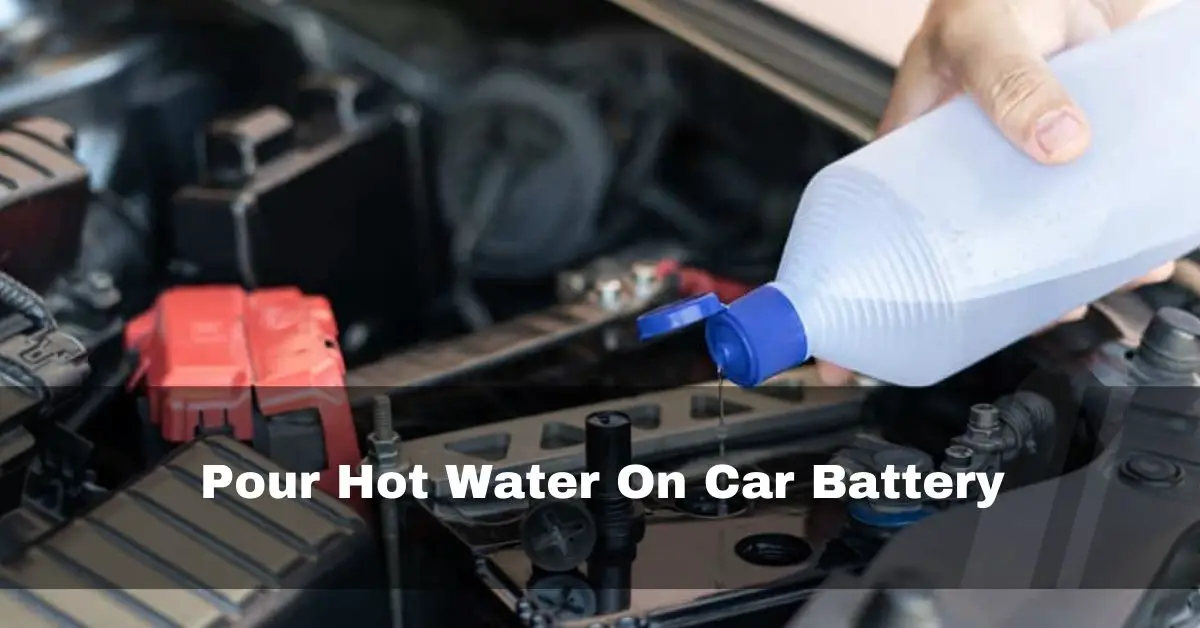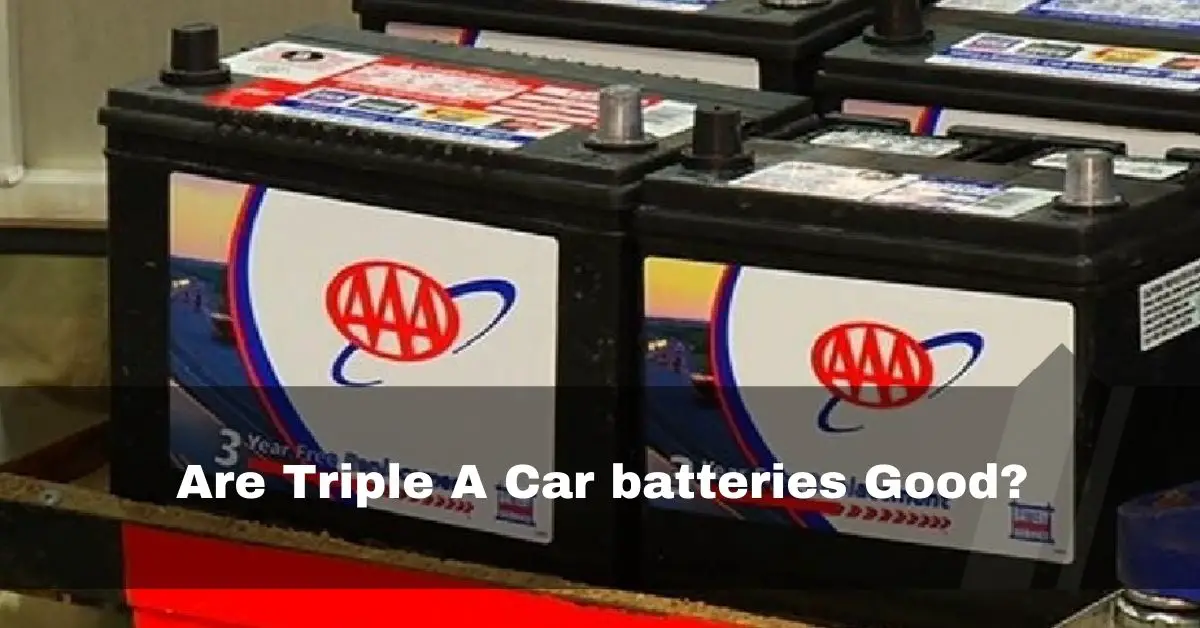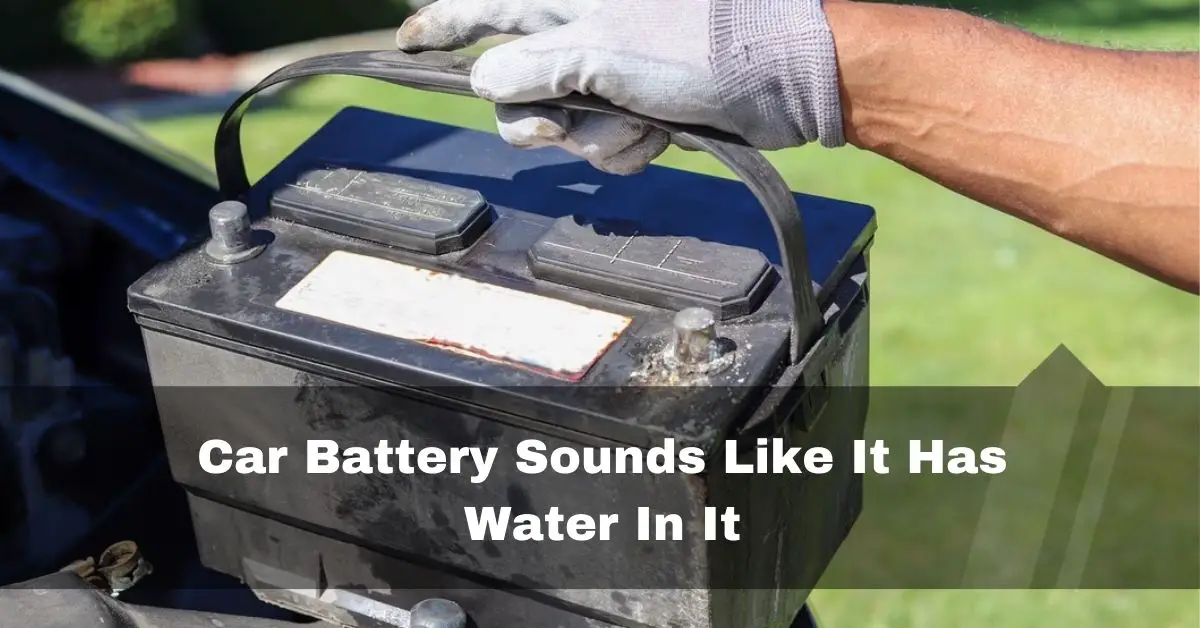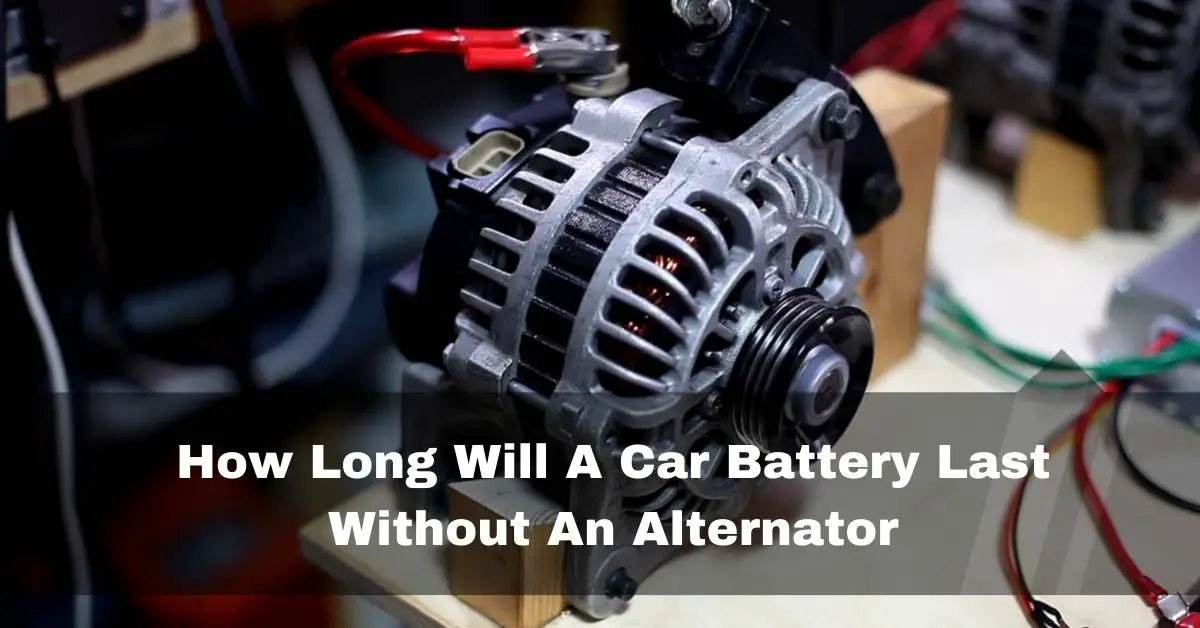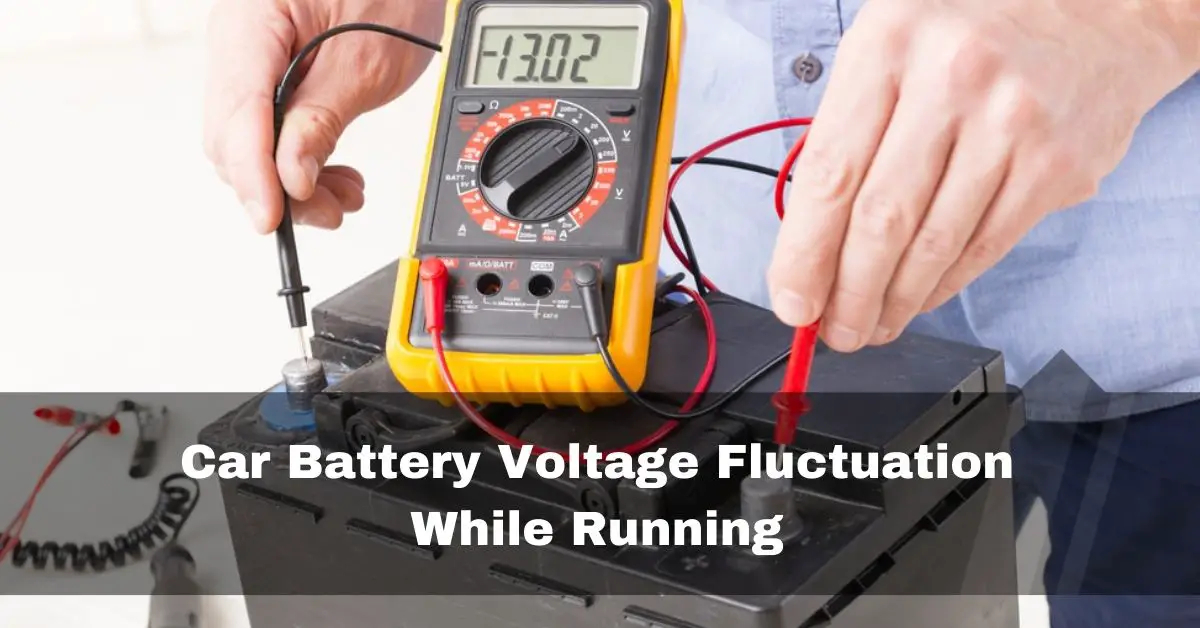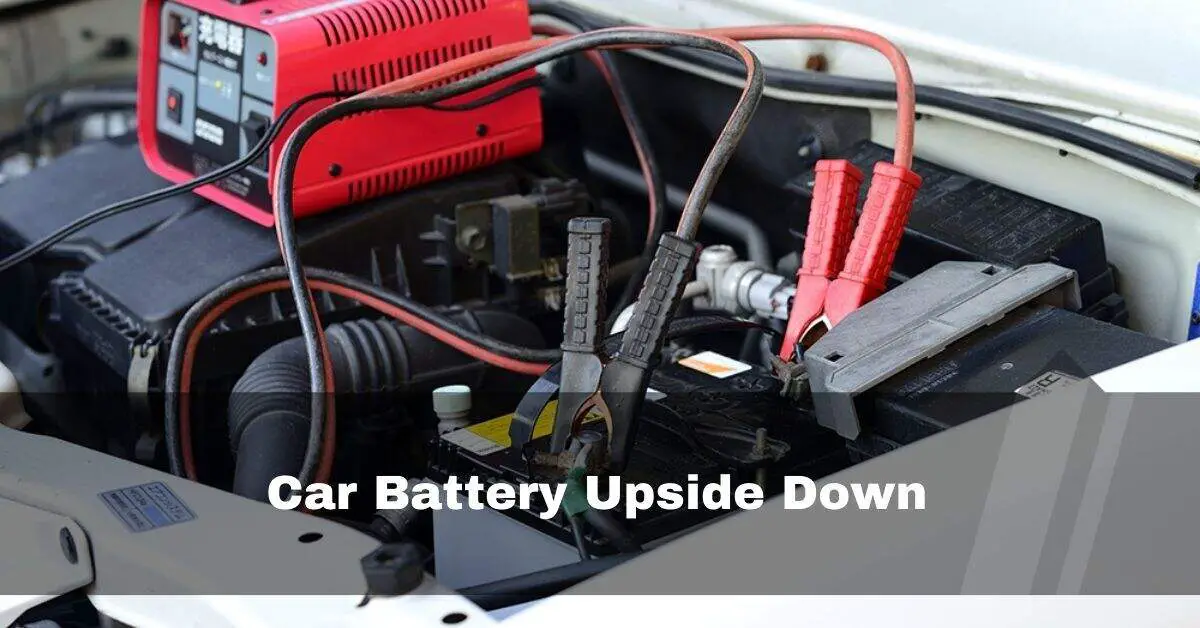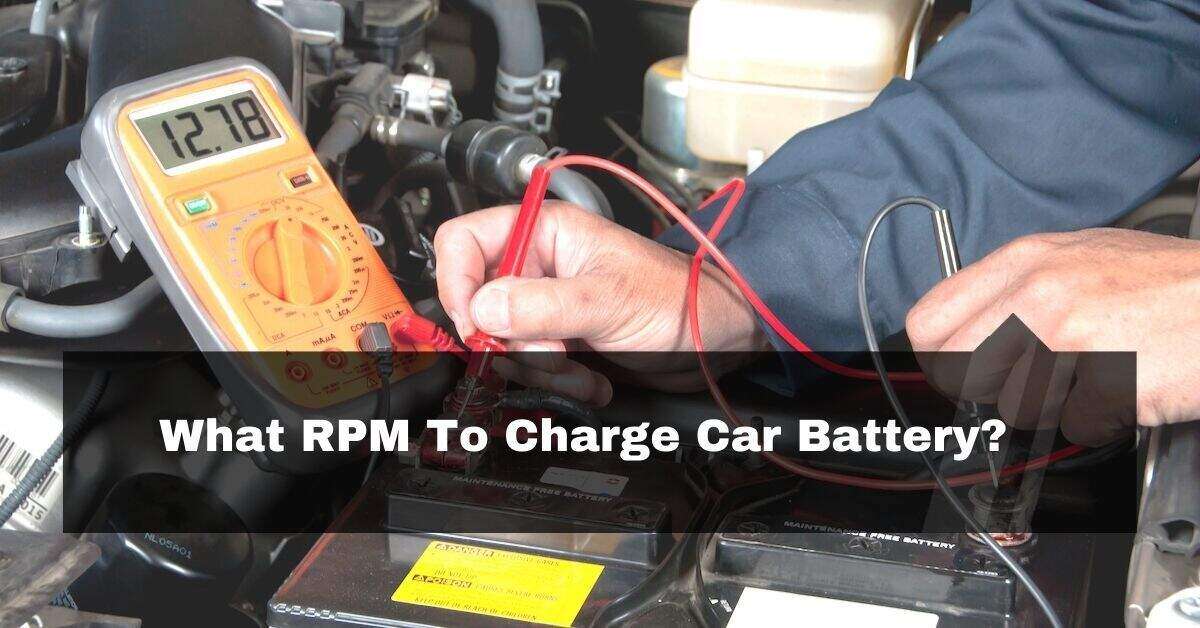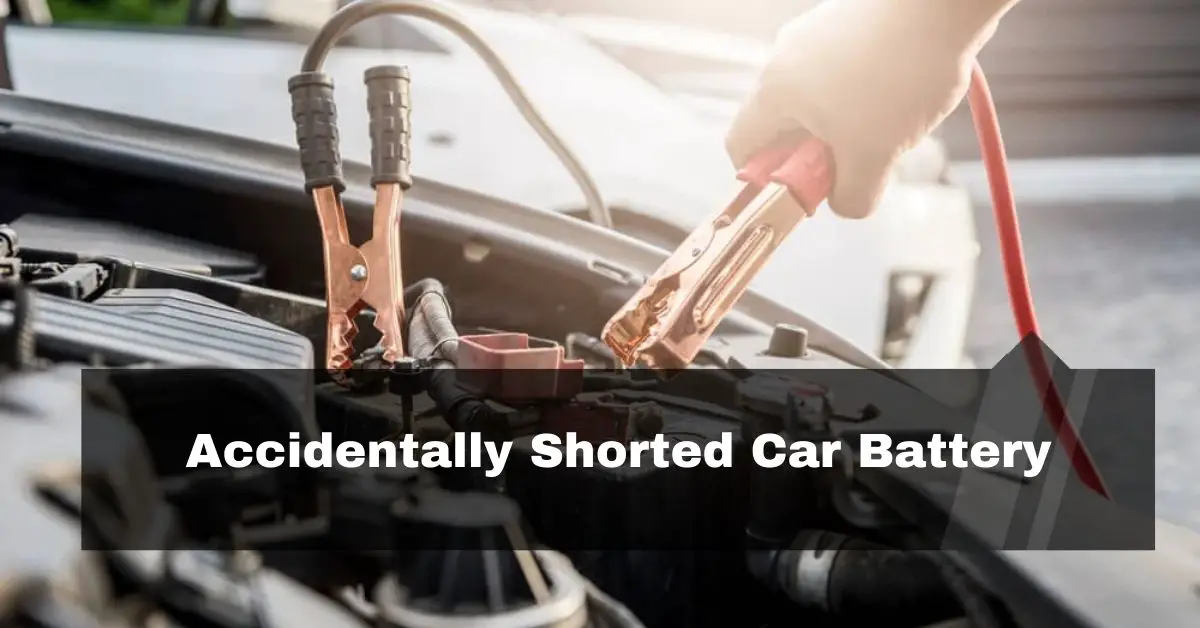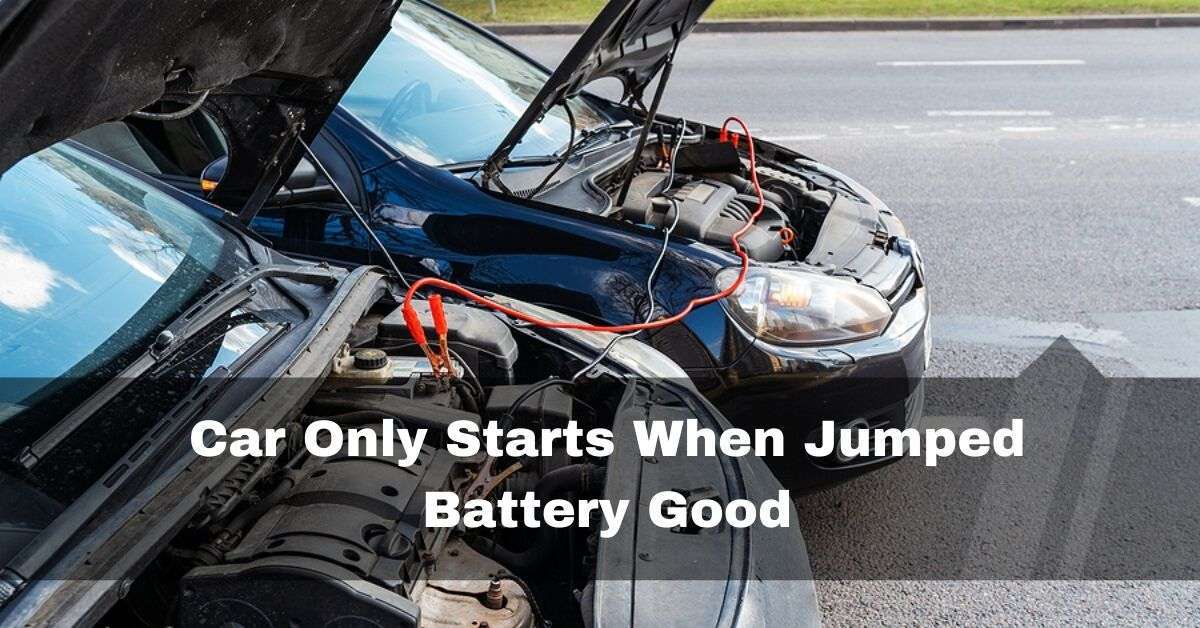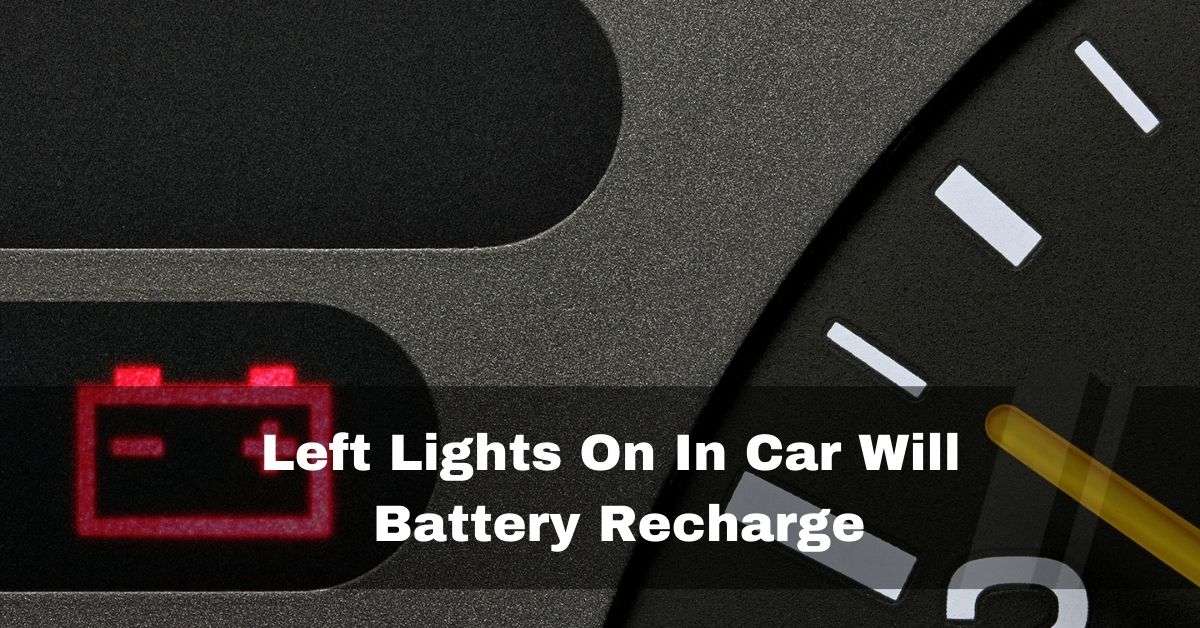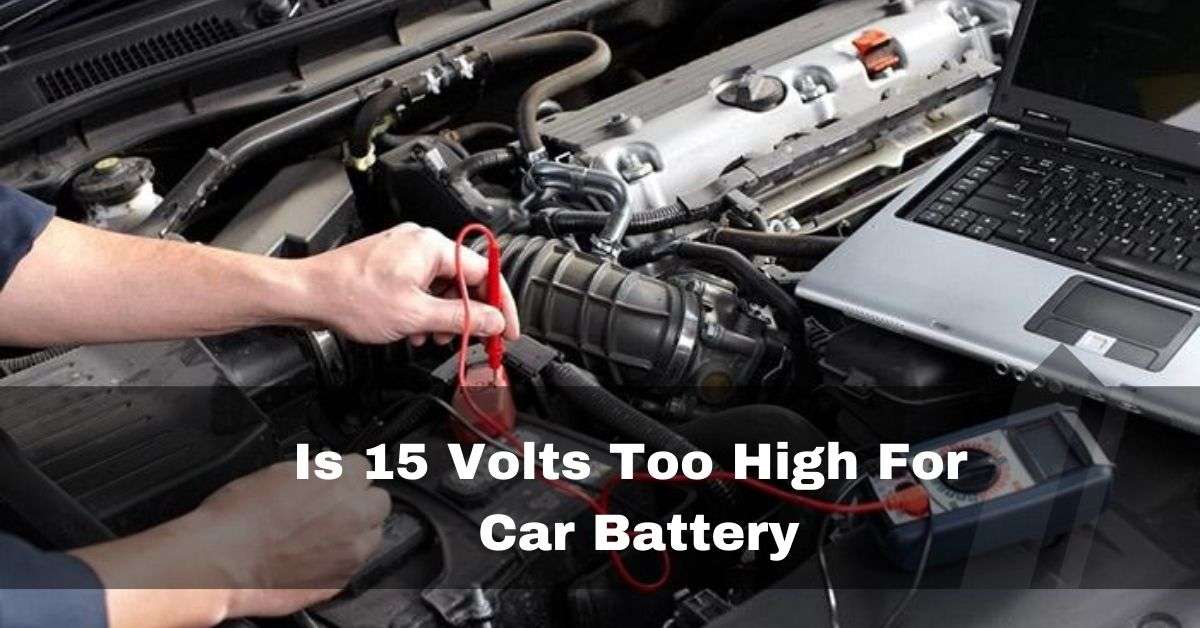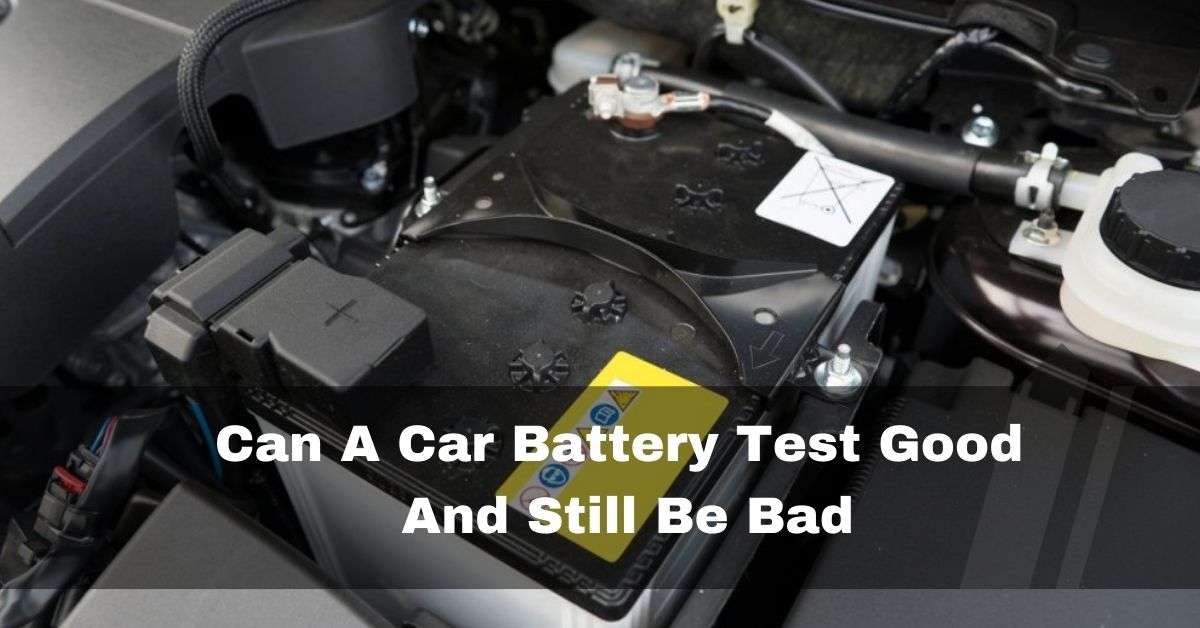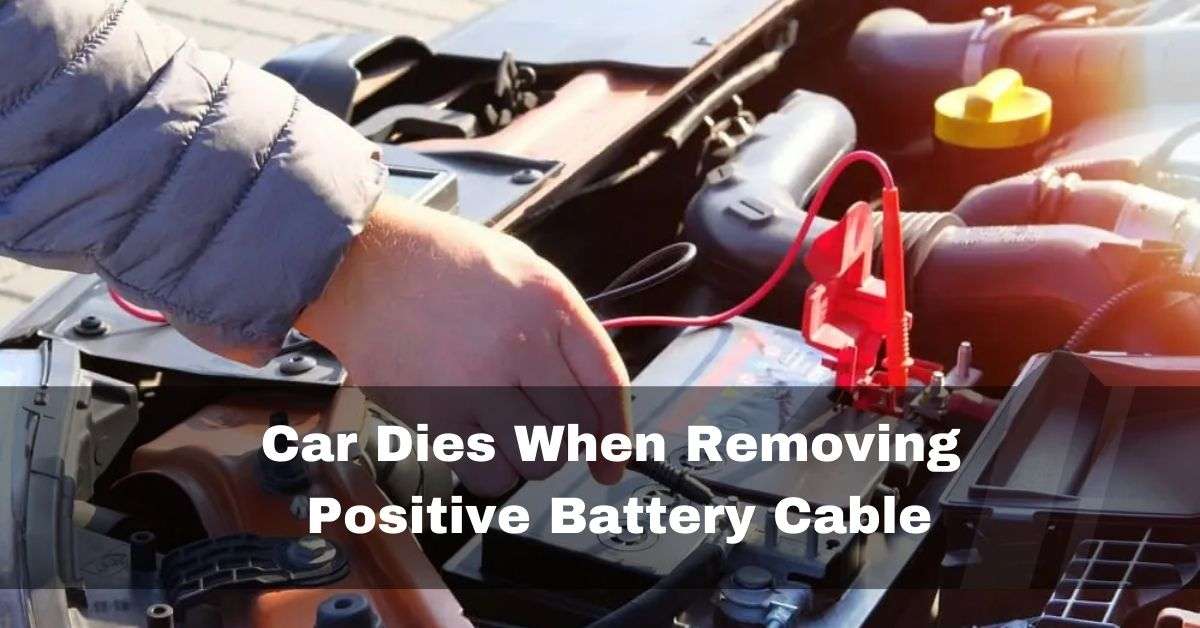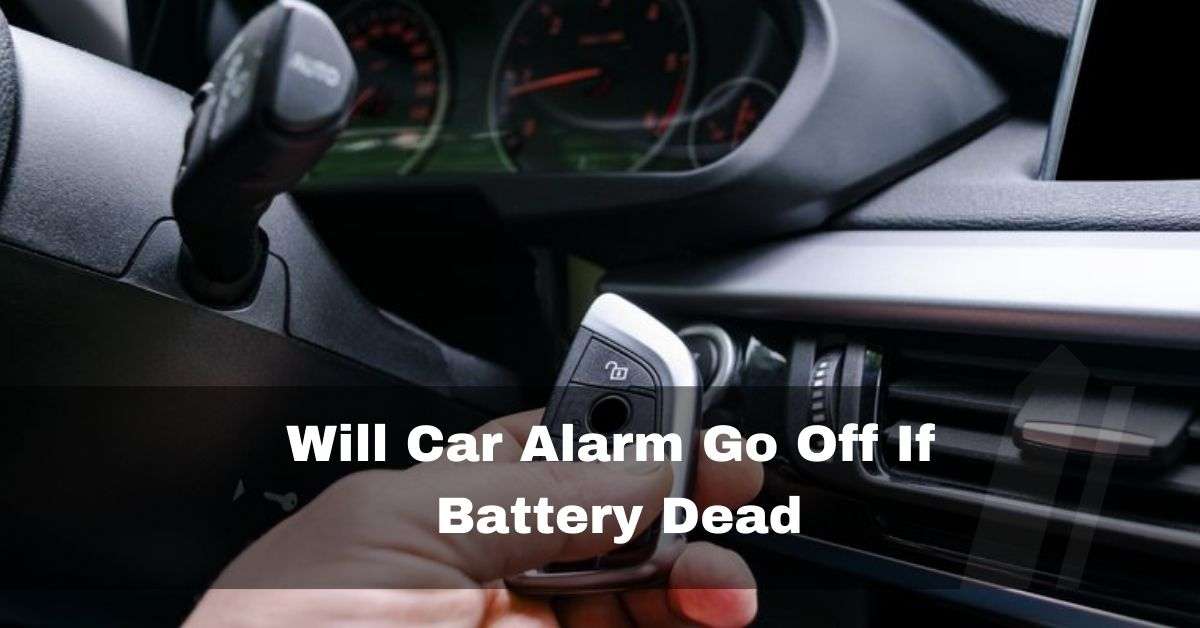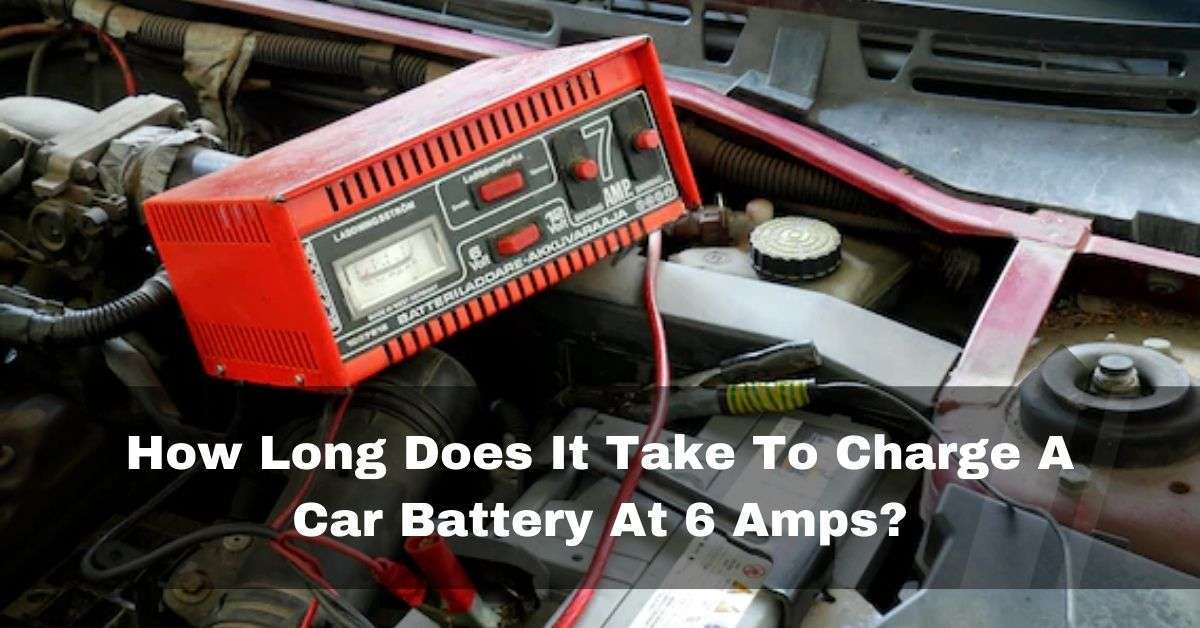Table of Contents
- Introduction
- Why Regular Car Maintenance Is Important
- 10 Things You Should Check Regularly on Your Car
- Tire Pressure and Tread Depth
- Oil Levels and Quality
- Coolant Levels
- Brake Fluid
- Windshield Wiper Fluid
- Battery Health
- Lights and Signals
- Belts and Hoses
- Air Filter
- Spark Plugs
- Top 10 Websites for Car Maintenance Tips
- Comparison Table for Car Maintenance Intervals
- Frequently Asked Questions (FAQs)
- Conclusion
1. Introduction of Car Maintenance 2024 Tips
Maintaining your car regularly is crucial to ensuring its longevity, safety, and performance. By doing simple checks on your vehicle, you can prevent costly repairs, avoid breakdowns, and enhance your car’s efficiency. This guide will take you through the 10 essential things you should check on your car regularly.
2. Why Regular Car Maintenance Is Important
Regular car maintenance:
- Prevents Expensive Repairs: Catch small issues before they become big problems.
- Increases Safety: Ensures that your car is in safe working condition.
- Improves Efficiency: Well-maintained cars run better and use less fuel.
- Extends Vehicle Life: Proper maintenance helps your car last longer.
3. 10 Things You Should Check Regularly on Your Car
1. Tire Pressure and Tread Depth

Car Maintenance 2024
- Why Check: Properly inflated tires improve fuel efficiency, handling, and tire longevity. Worn treads can be dangerous, especially in wet conditions.
- How to Check:
- Use a tire pressure gauge to check the pressure. Compare it with the recommended PSI found in your car manual.
- Check the tread depth with a penny; if Lincoln’s head is fully visible, it’s time to replace the tires.
2. Oil Levels and Quality
- Why Check: Oil lubricates your engine and prevents wear and tear.
- How to Check:
- Pull out the dipstick, wipe it clean, reinsert, and check the level.
- The oil should be clear and amber in color. If it’s dark or dirty, it’s time for a change.
3. Coolant Levels
- Why Check: Coolant prevents the engine from overheating.
- How to Check:
- Ensure the engine is cool, then open the radiator cap and check the coolant level. It should be between the “min” and “max” marks.
4. Brake Fluid
- Why Check: Brake fluid ensures that your brakes function properly.
- How to Check:
- Look at the brake fluid reservoir; it should be between the minimum and maximum lines. If it’s low, it might indicate a leak or worn brakes.
5. Windshield Wiper Fluid
- Why Check: Keeping your windshield clean is important for visibility.
- How to Check:
- Check the wiper fluid reservoir and top it off if it’s low. Use a fluid appropriate for the season (e.g., antifreeze fluid in winter).
6. Battery Health
- Why Check: A weak battery can prevent your car from starting.
- How to Check:
- Inspect the battery for corrosion around the terminals. Test the battery voltage with a multimeter. Replace the battery if it’s weak or old (usually after 3-5 years).
7. Lights and Signals
- Why Check: Functioning lights are essential for safety and legal compliance.
- How to Check:
- Test all lights: headlights, taillights, brake lights, turn signals, and hazard lights. Replace any burned-out bulbs.
8. Belts and Hoses
- Why Check: Belts and hoses keep critical systems (like cooling and power steering) running smoothly.
- How to Check:
- Visually inspect for cracks, wear, or leaks. Replace any that look worn out.
9. Air Filter
- Why Check: A clean air filter ensures your engine gets enough air and runs efficiently.
- How to Check:
- Remove the air filter and hold it up to a light. If you can’t see through it, it’s time for a replacement.
10. Spark Plugs
- Why Check: Spark plugs ignite the fuel in your engine, and worn ones can cause misfires or poor performance.
- How to Check:
- Remove a spark plug and inspect it for wear or build-up. Replace as needed, usually every 30,000 miles.
4. Top 10 Websites for Car Maintenance Tips
- CarTalk – www.cartalk.com
- AutoZone – www.autozone.com
- YourMechanic – www.yourmechanic.com
- Edmunds – www.edmunds.com
- Pep Boys – www.pepboys.com
- Advance Auto Parts – www.advanceautoparts.com
- NAPA Auto Parts – www.napaonline.com
- J.D. Power – www.jdpower.com
- Car and Driver – www.caranddriver.com
- The Drive – www.thedrive.com
5. Comparison Table for Car Maintenance Intervals
| Check Item | Recommended Interval | Signs of Trouble |
|---|---|---|
| Tire Pressure | Monthly | Uneven wear, loss of traction |
| Oil Change | Every 5,000-7,500 miles | Dark, dirty oil, engine noise |
| Coolant Levels | Every 3 months | Overheating engine |
| Brake Fluid | Every 2 years | Spongy brake pedal, leaks |
| Wiper Fluid | Monthly | Poor windshield visibility |
| Battery Health | Every 6 months | Slow start, dim lights |
| Lights and Signals | Monthly | Non-functioning lights, warnings |
| Belts and Hoses | Every 6 months | Cracks, squealing noises |
| Air Filter | Every 12 months | Poor engine performance, dark filter |
| Spark Plugs | Every 30,000 miles | Misfires, rough idling |
6. Frequently Asked Questions (FAQs)
How often should I change my car’s oil?
- Most cars need an oil change every 5,000 to 7,500 miles, but always check your owner’s manual.
What should I do if my car overheats?
- Pull over immediately, turn off the engine, and wait for it to cool. Check the coolant level once it’s safe to open the hood.
Why does my car’s check engine light come on?
- The check engine light could indicate various issues, such as a faulty sensor or a more serious engine problem. Have a mechanic diagnose the issue.
How do I know if my brakes need to be replaced?
- Signs include squeaking noises, a longer stopping distance, or a spongy brake pedal.
Can I check my own tire pressure?
- Yes, you can use a tire pressure gauge to check your tires and ensure they’re inflated to the recommended PSI.
7. Conclusion
By routinely checking these 10 fundamental parts of your vehicle, you can keep it moving along as planned, stay away from surprising breakdowns, and save money on expensive fixes. Standard support is a simple method for safeguarding your speculation and guarantee your security out and about. Exploit the numerous assets accessible online to assist you with keeping steady over your vehicle’s wellbeing.



